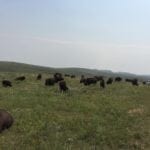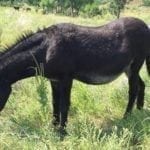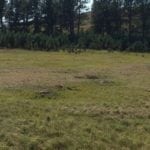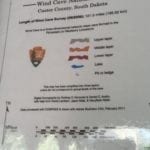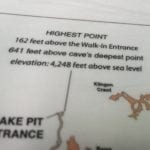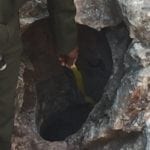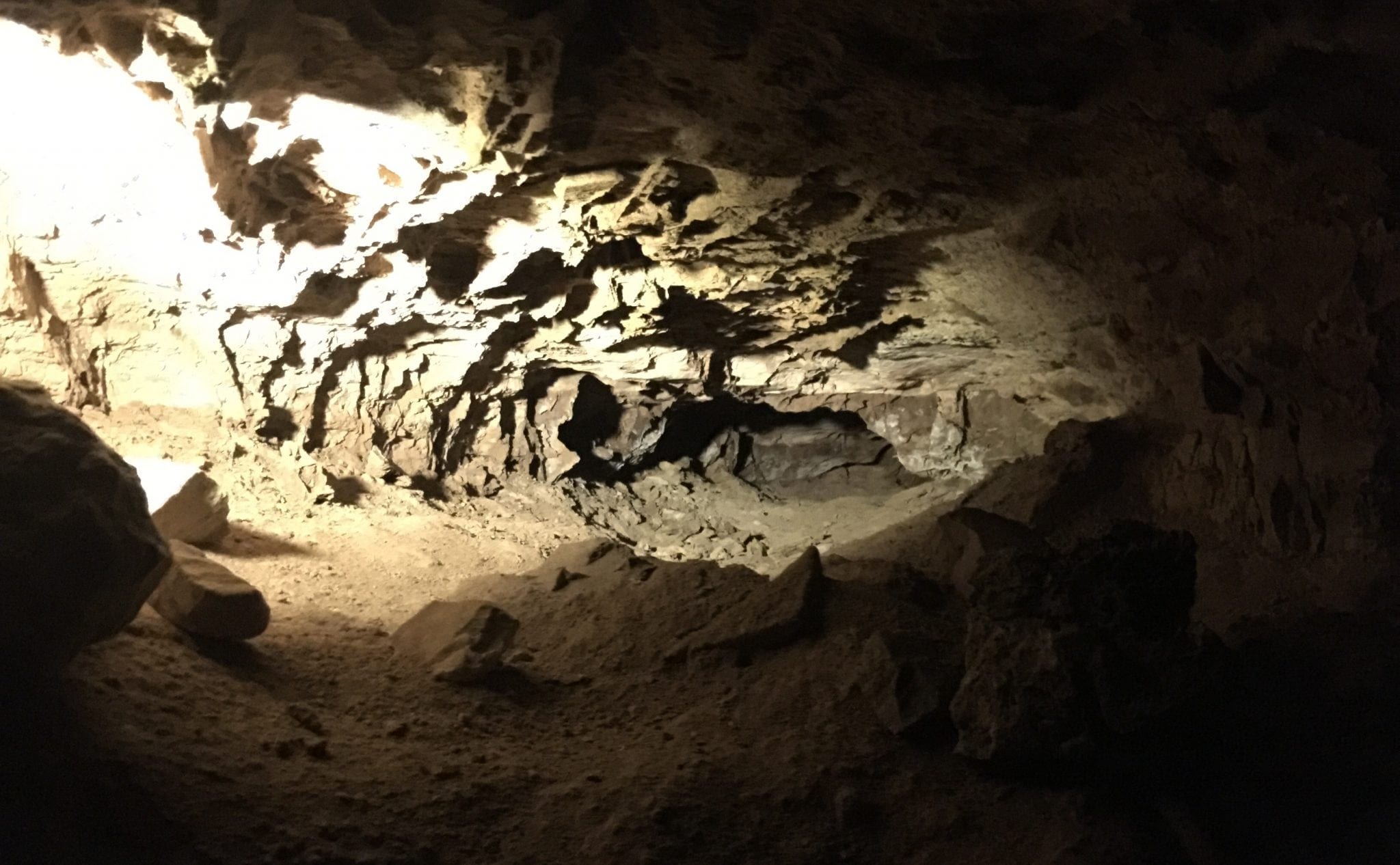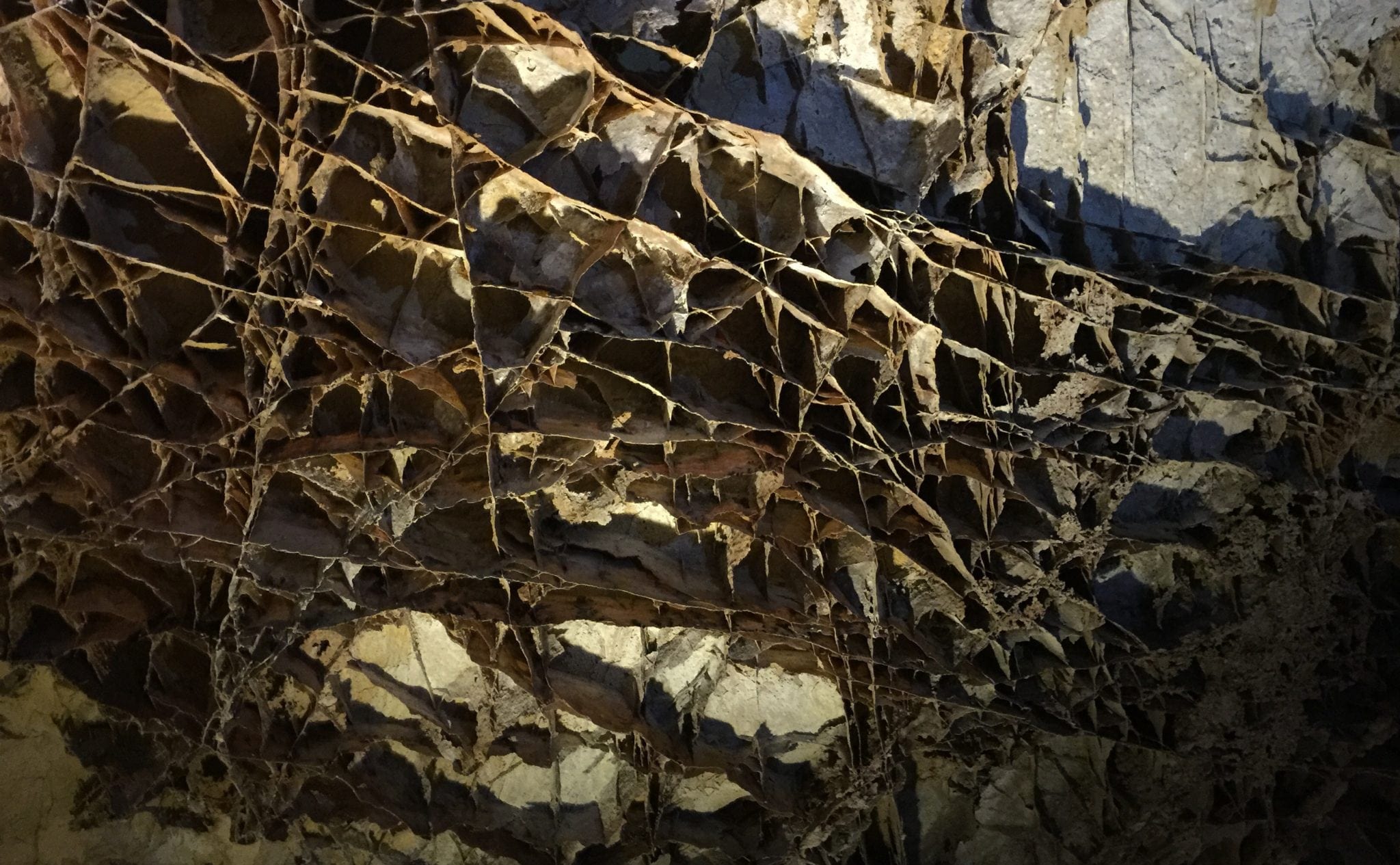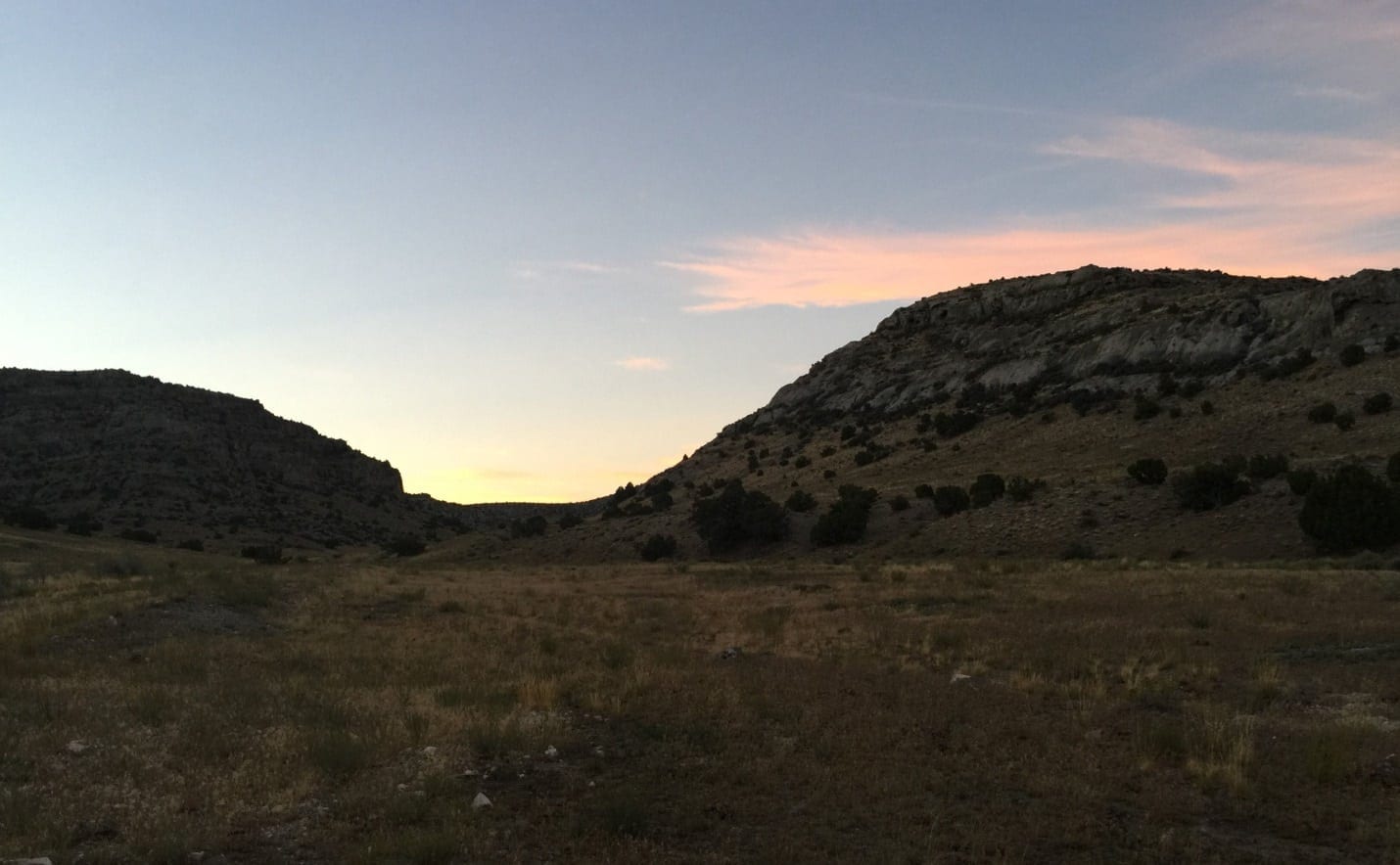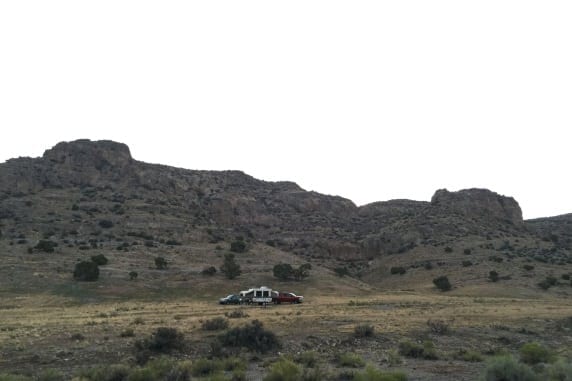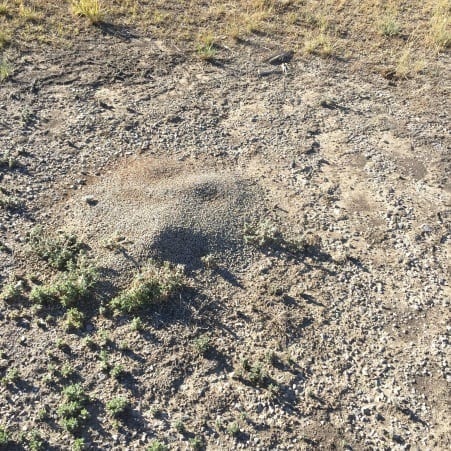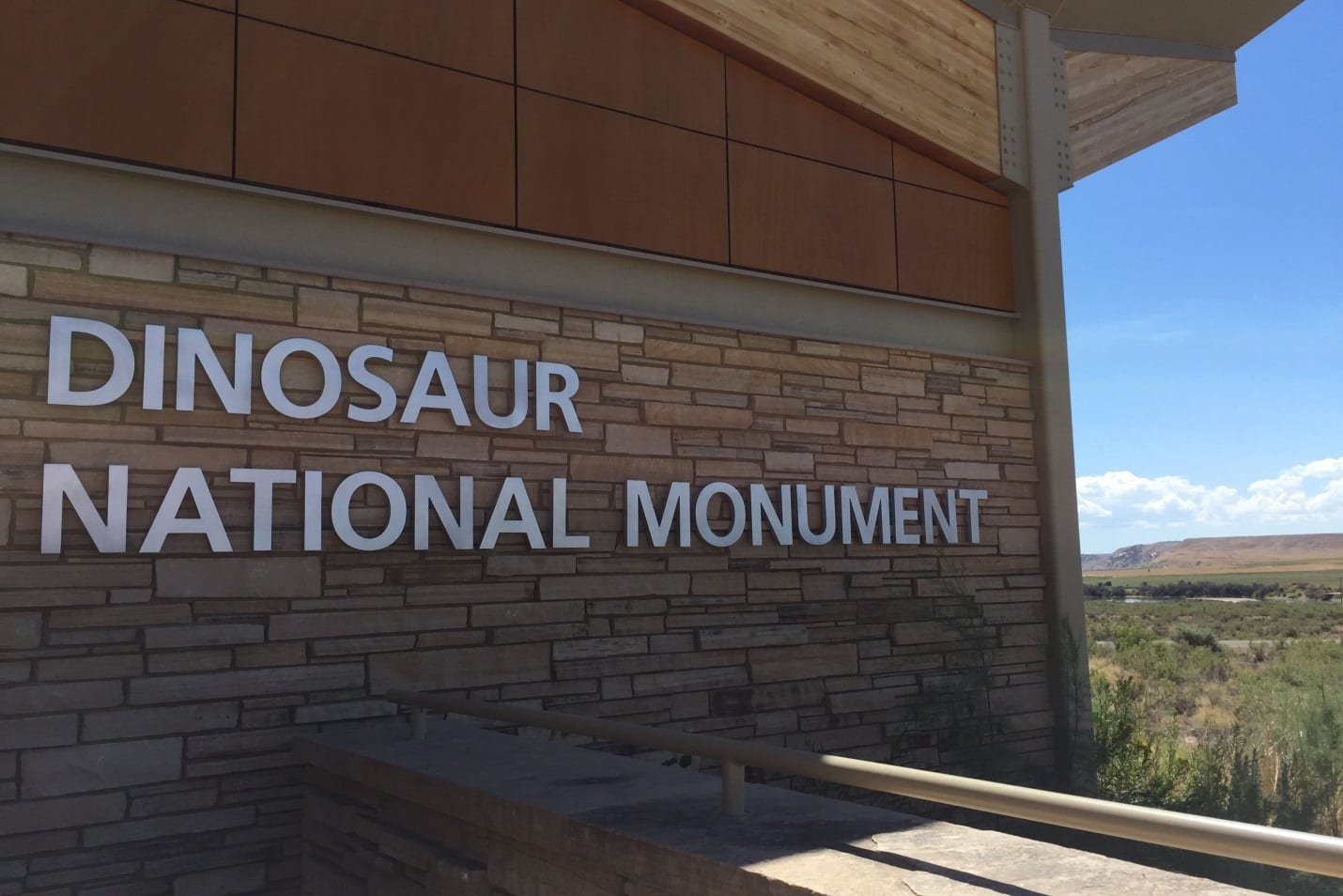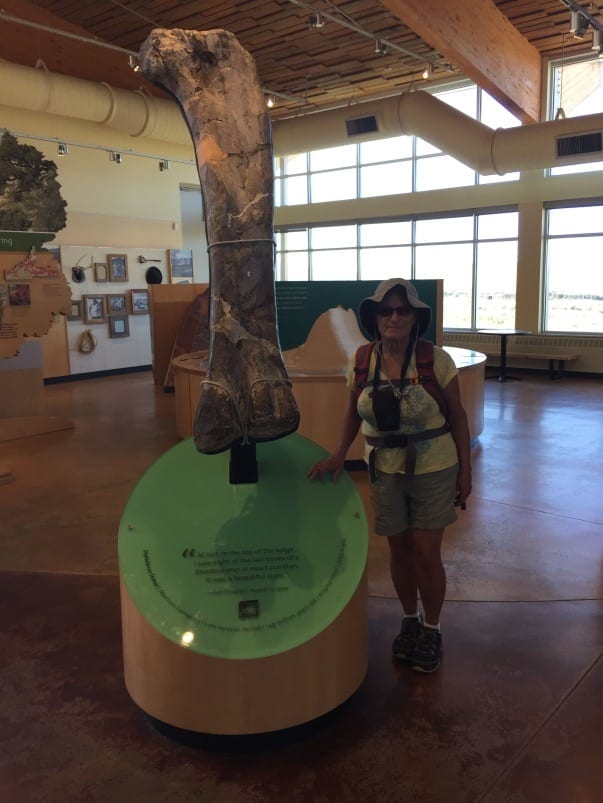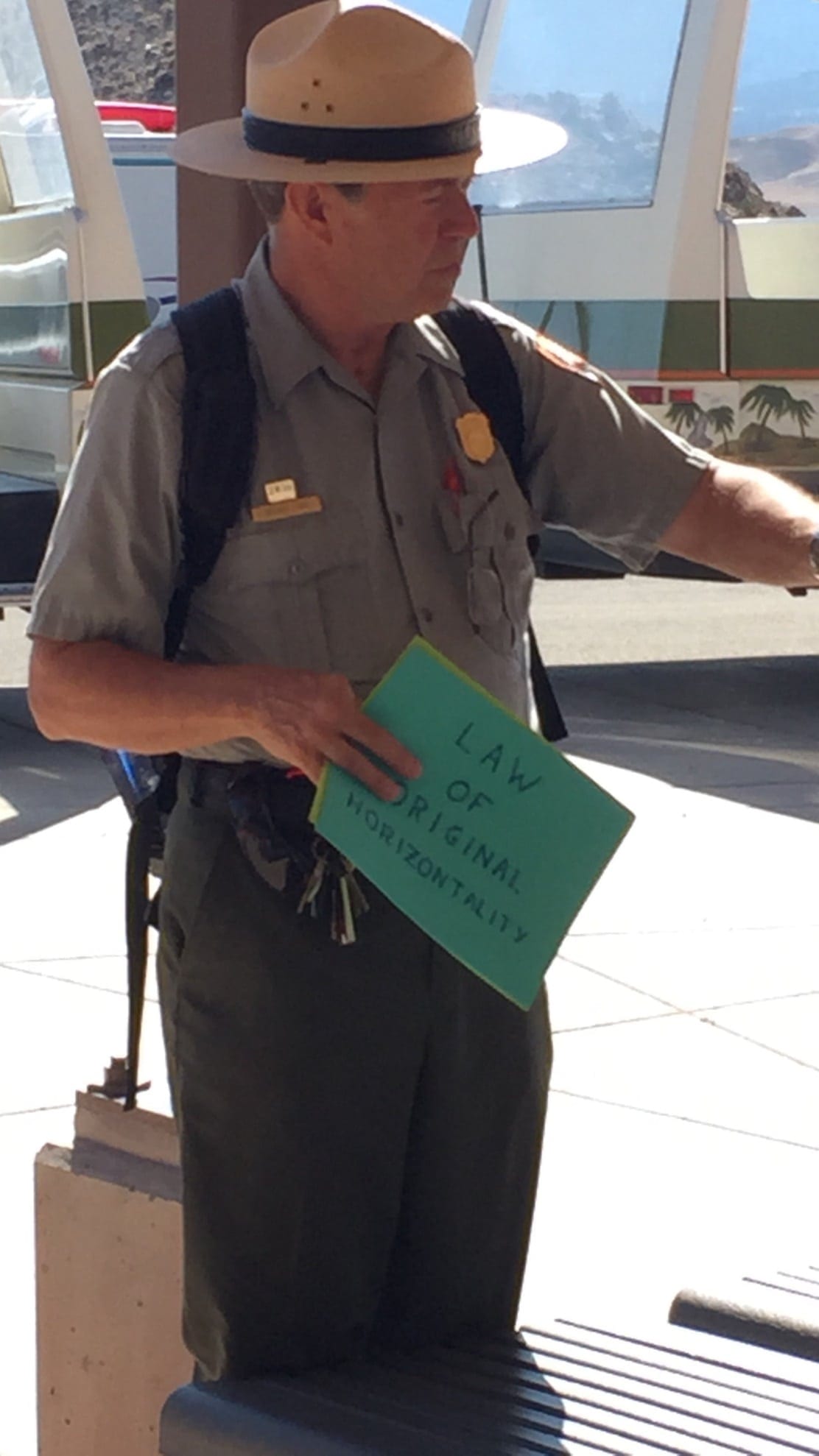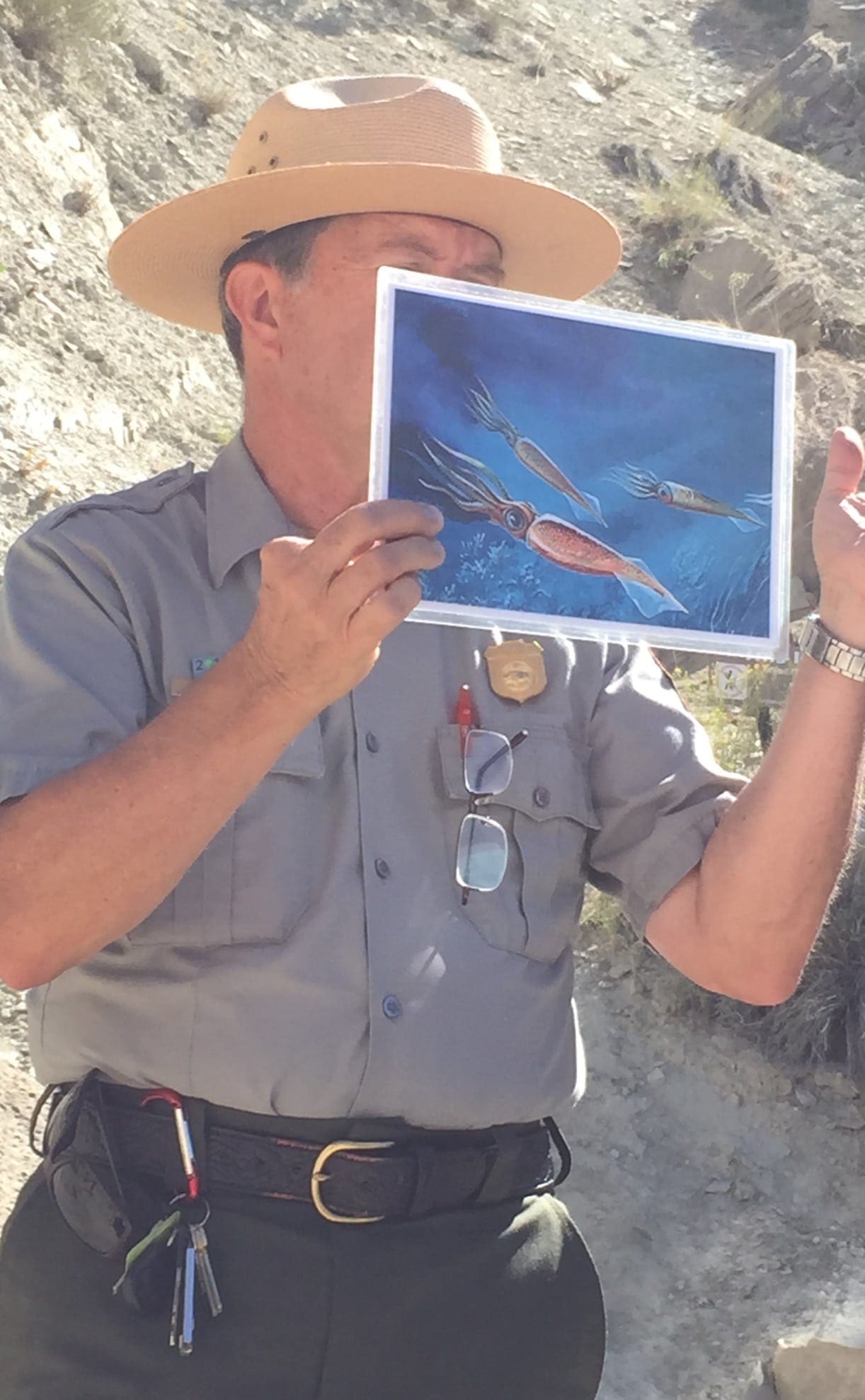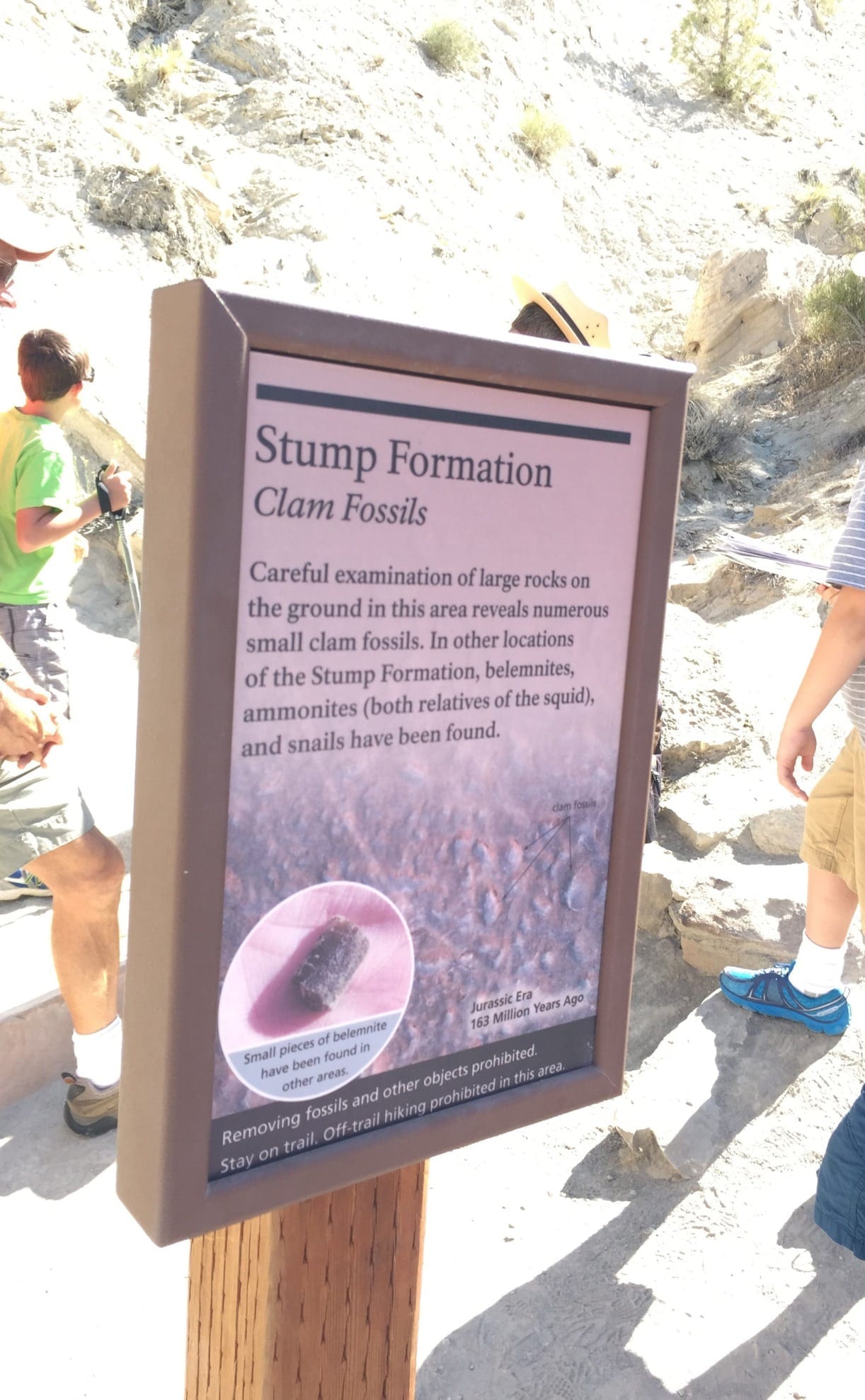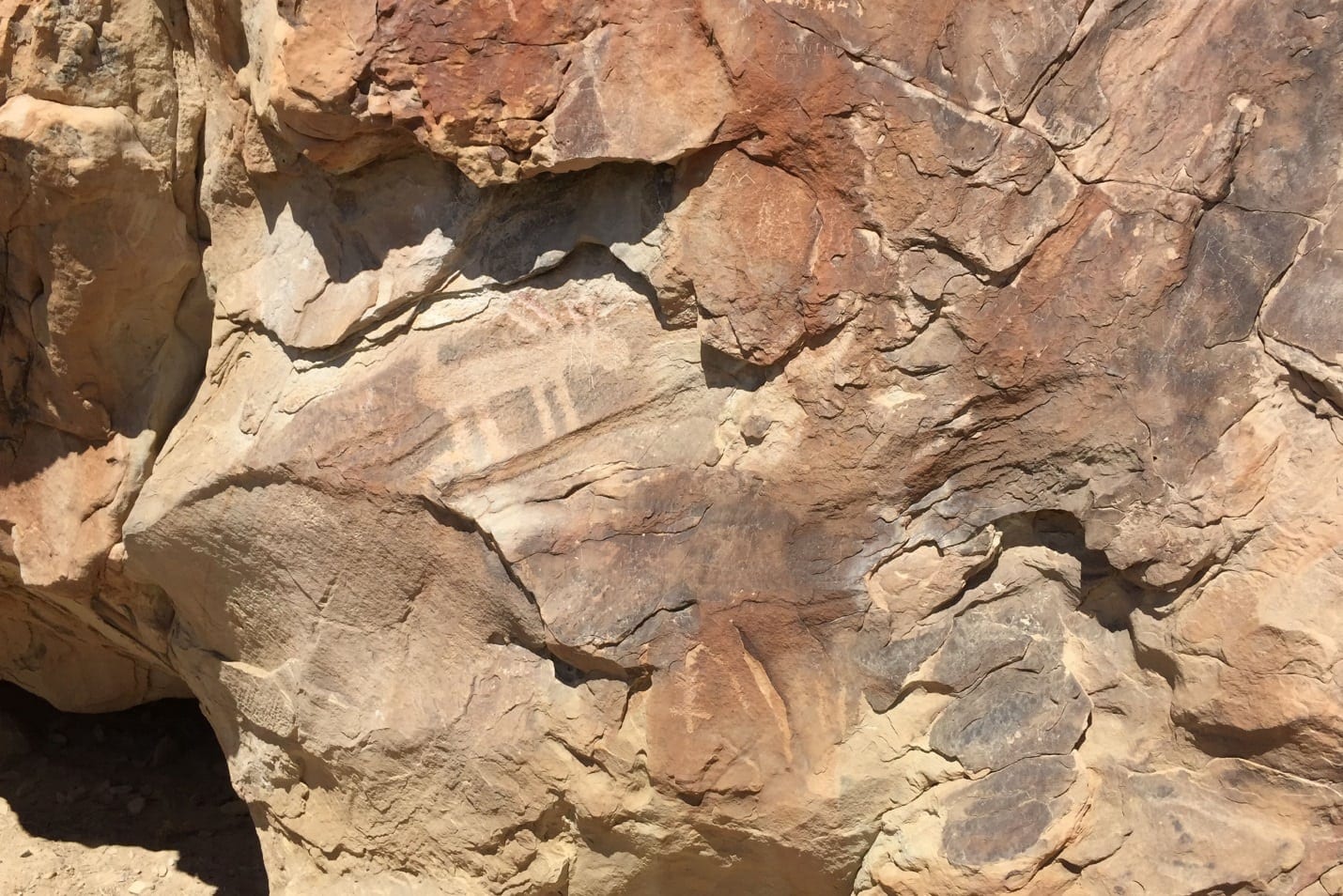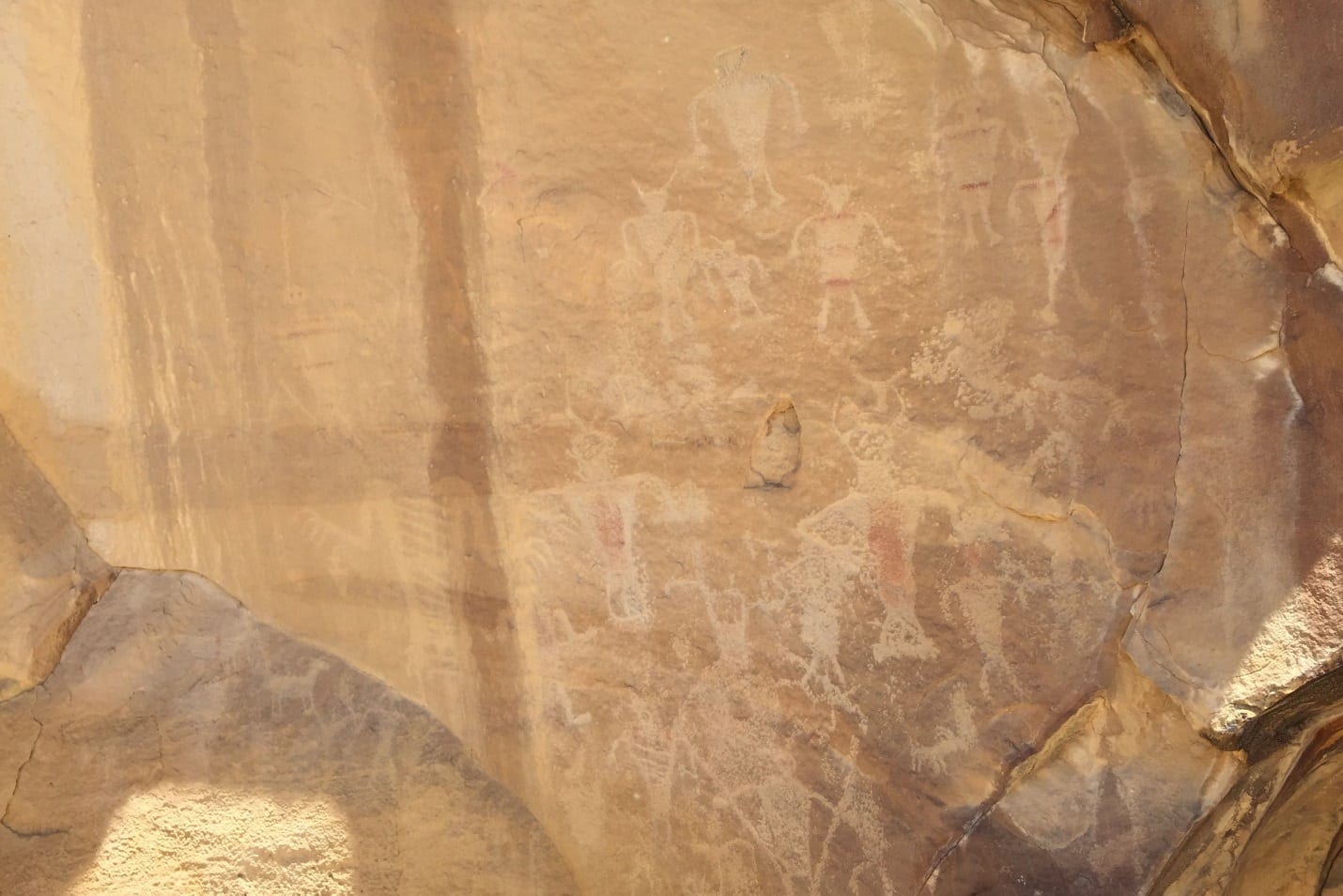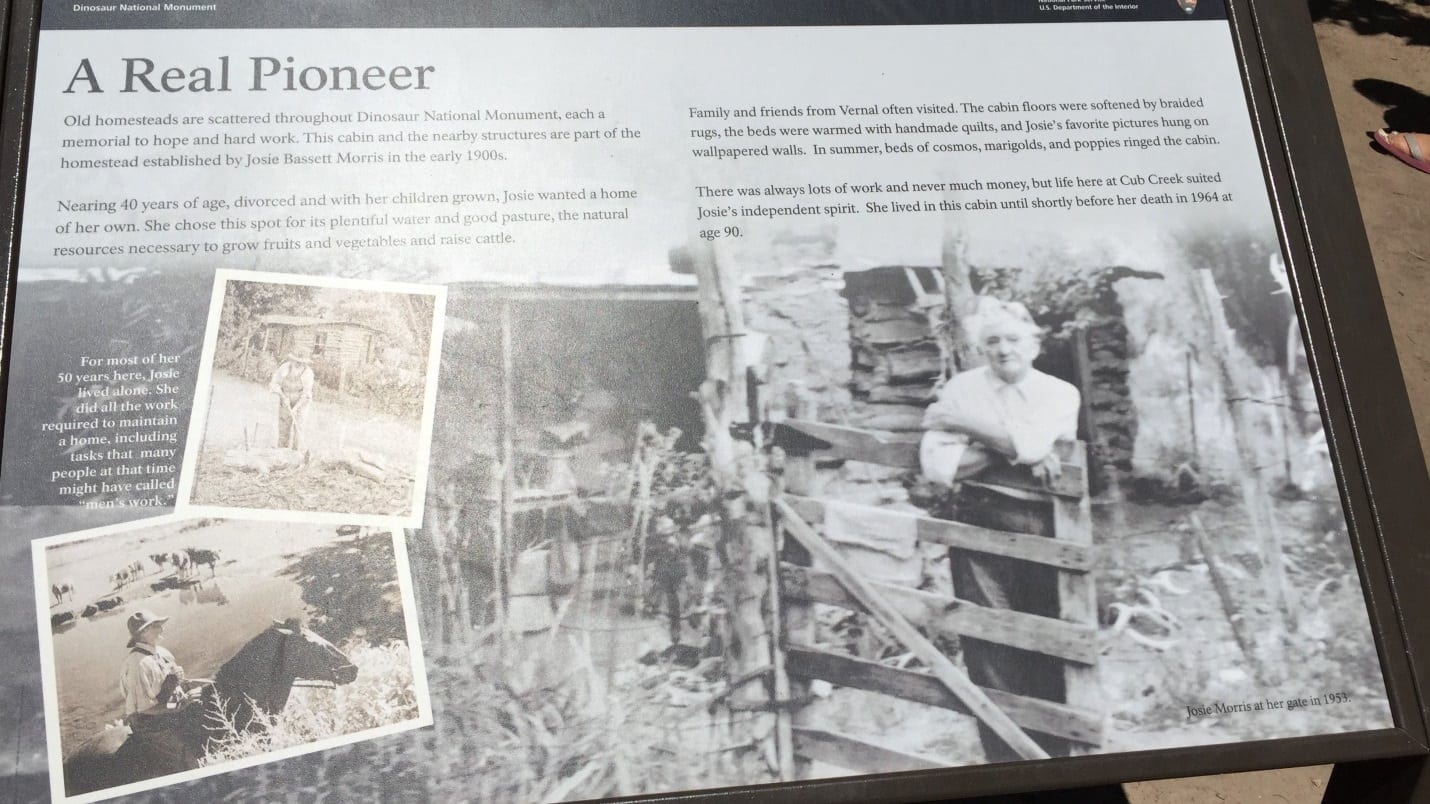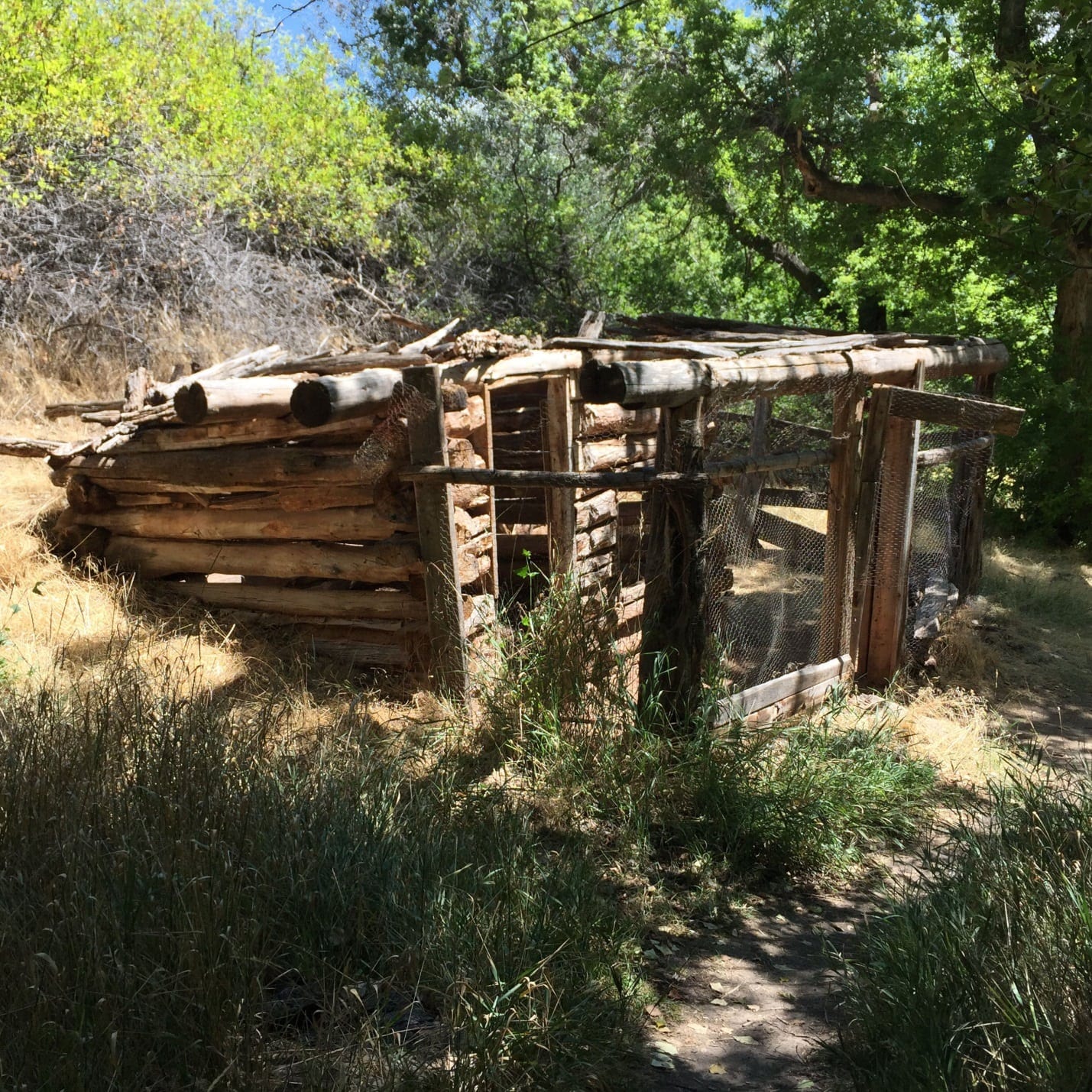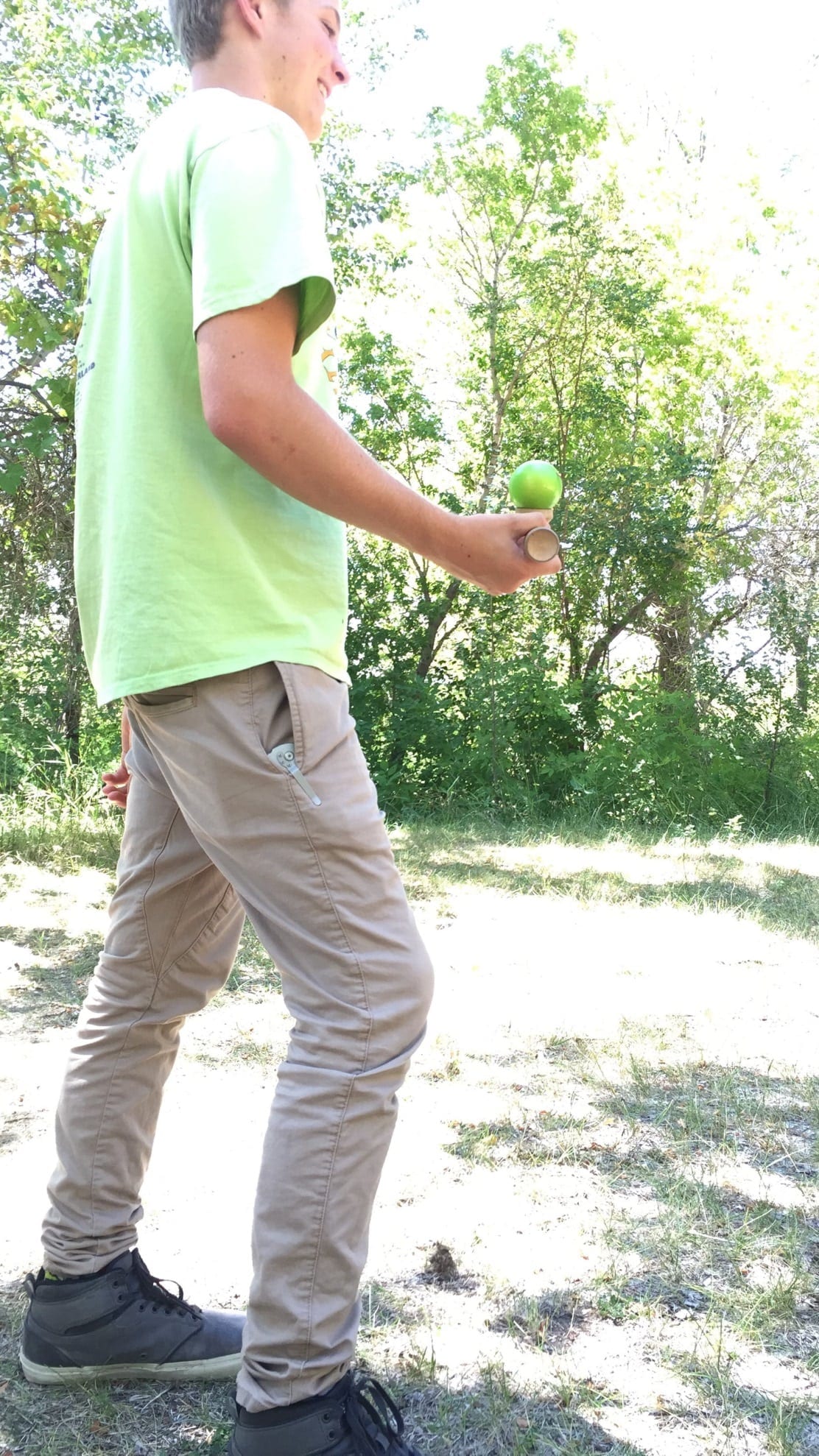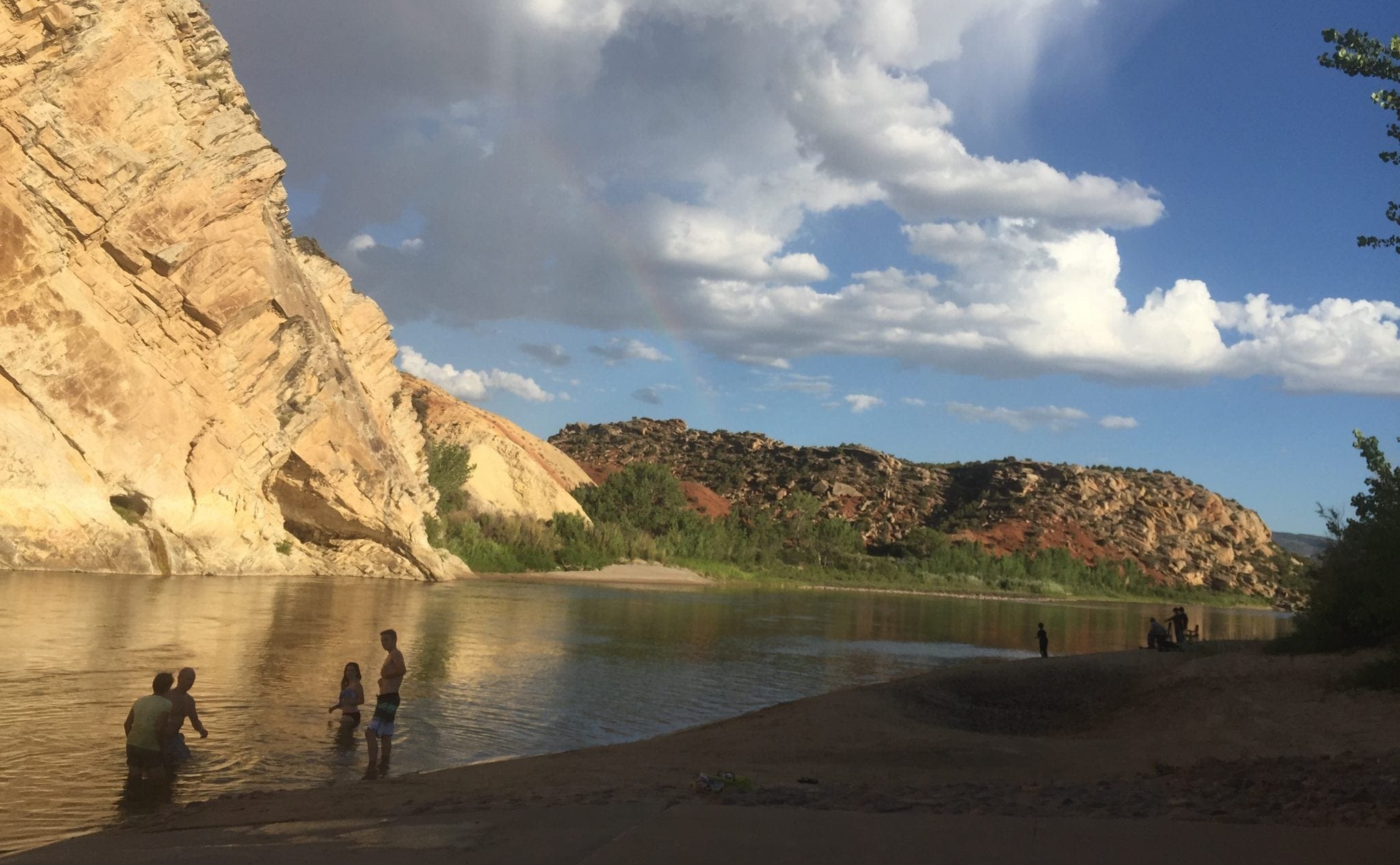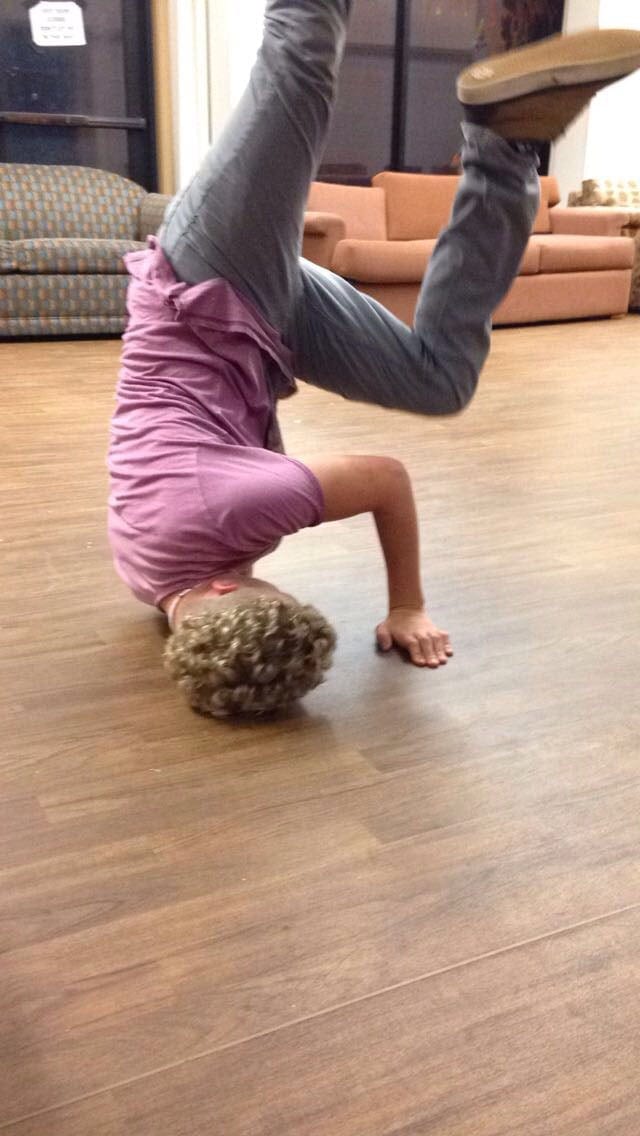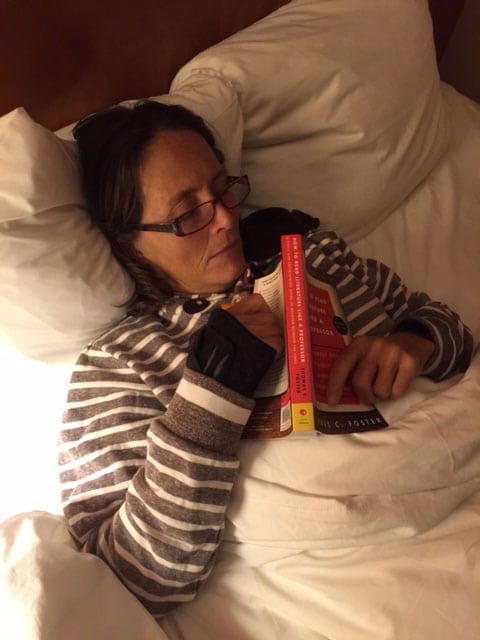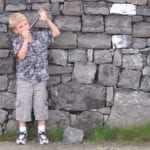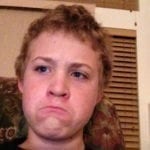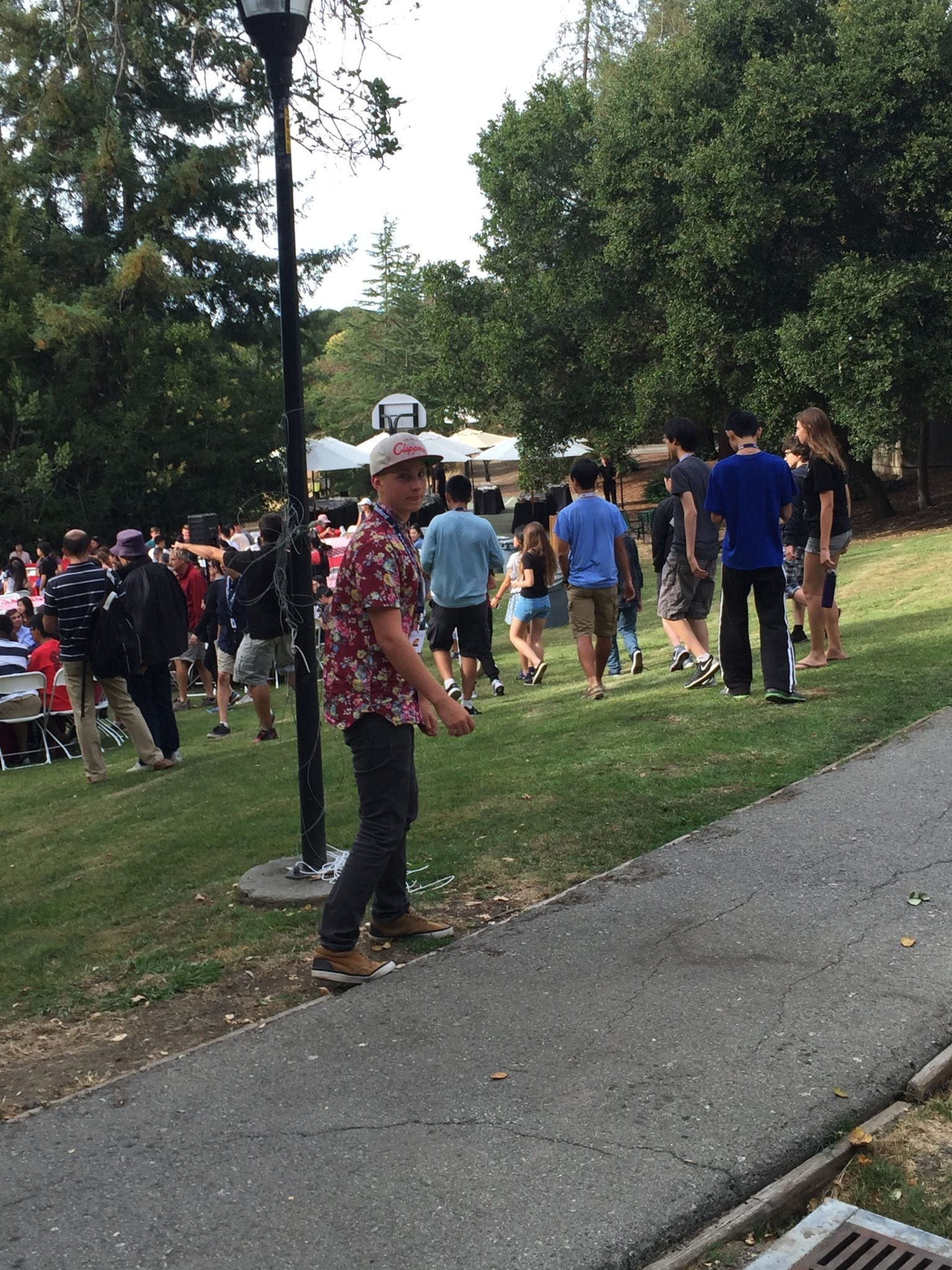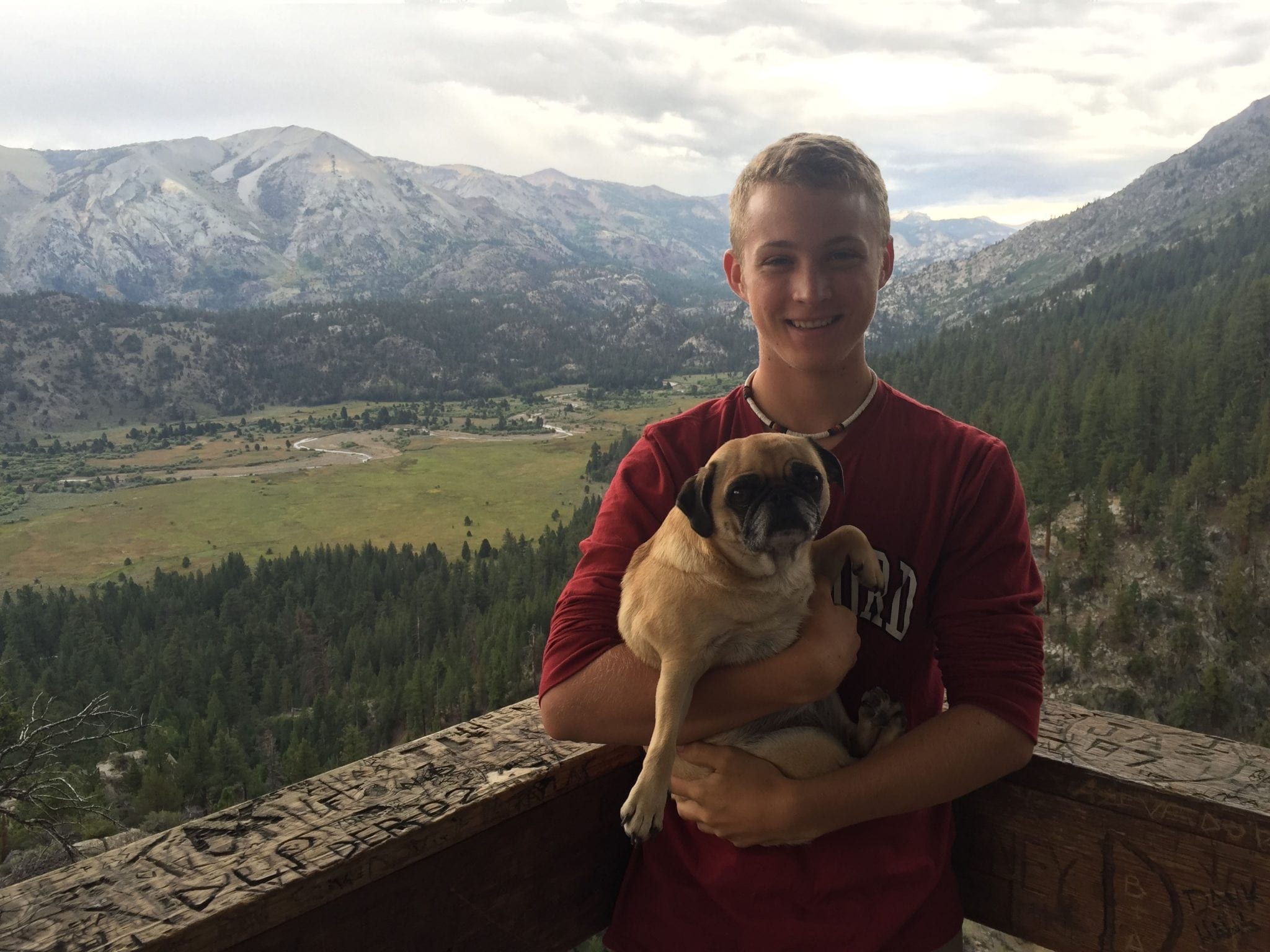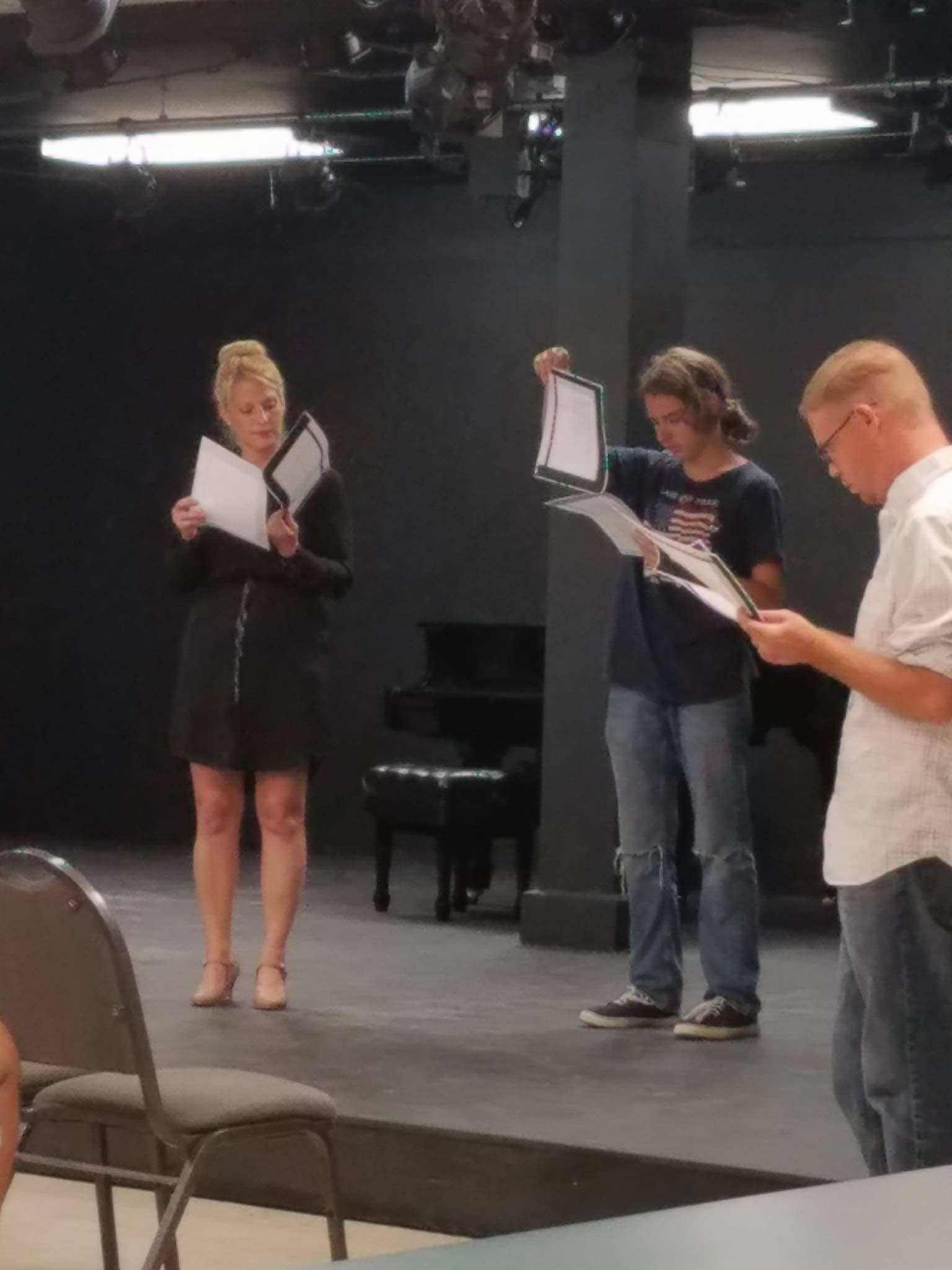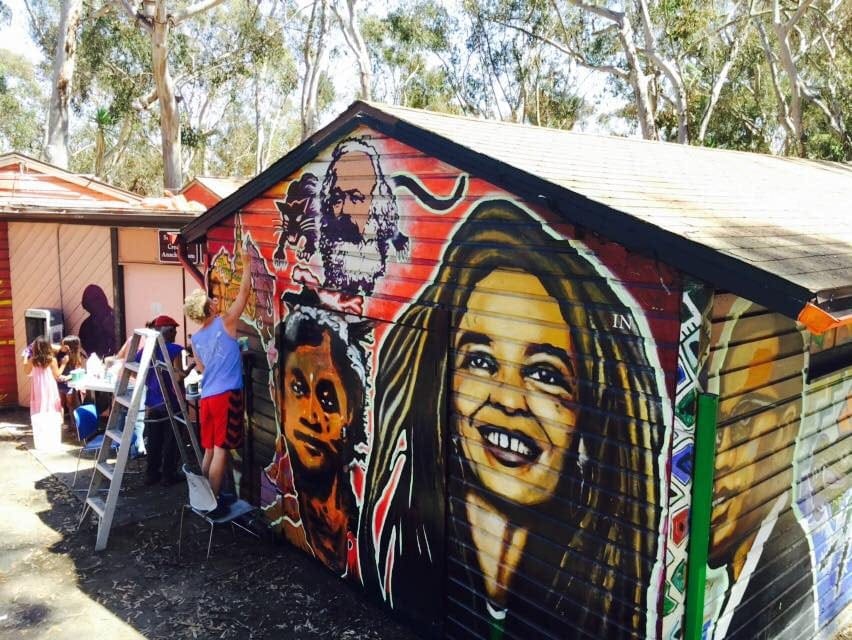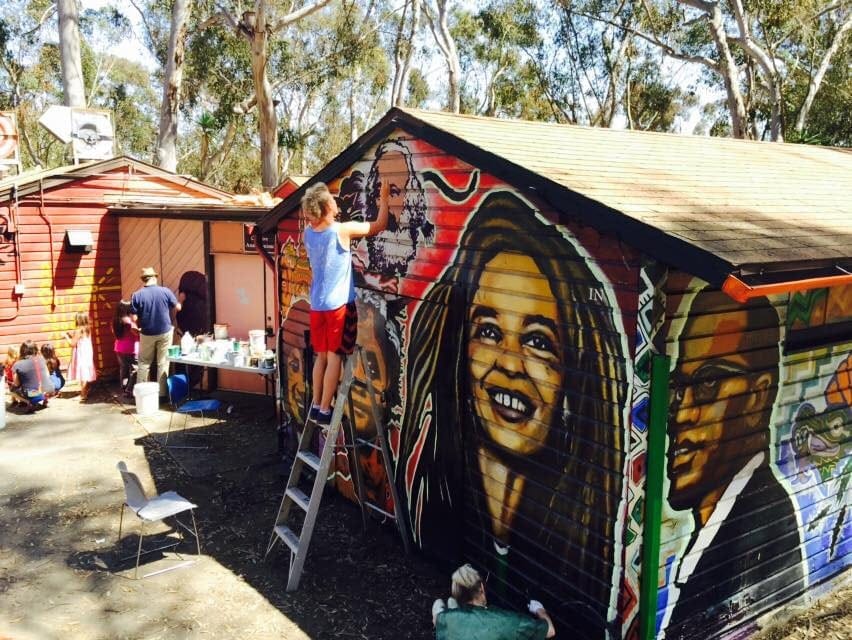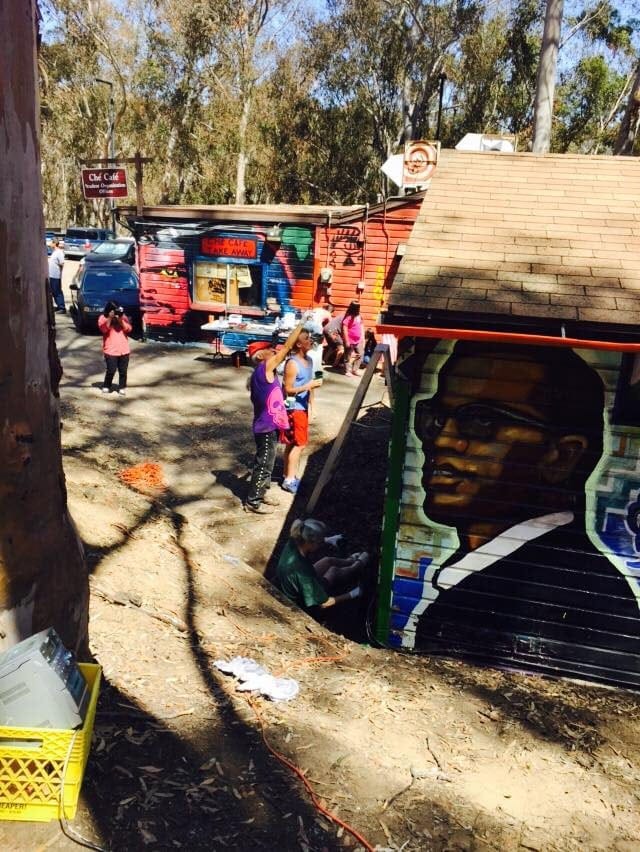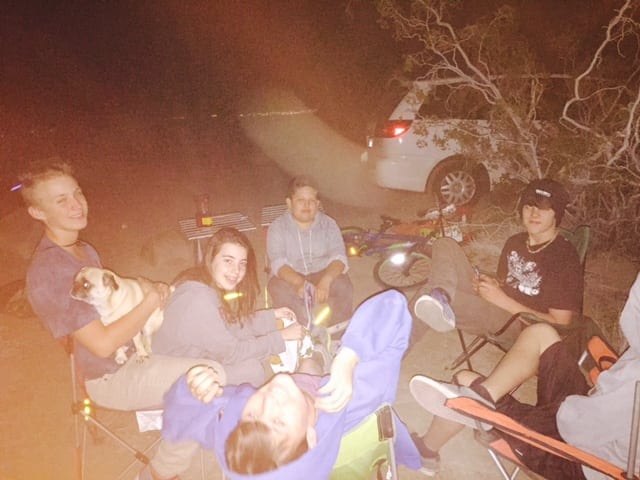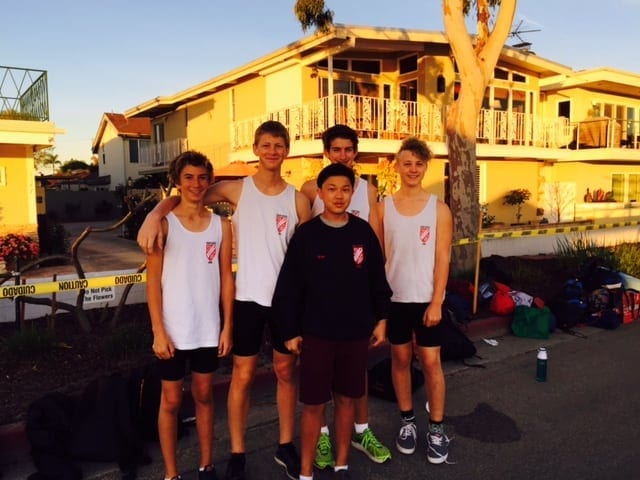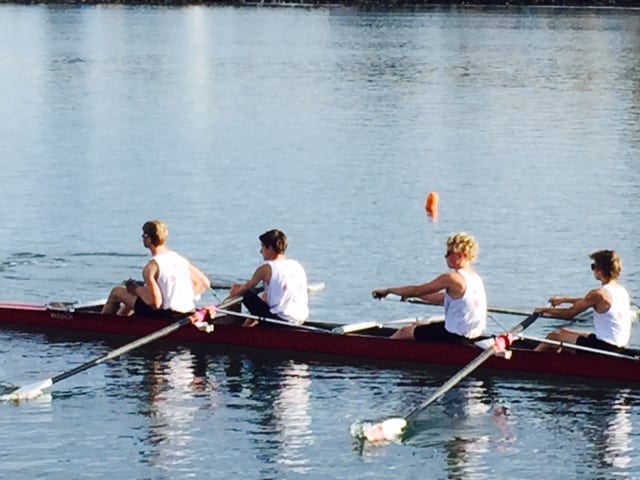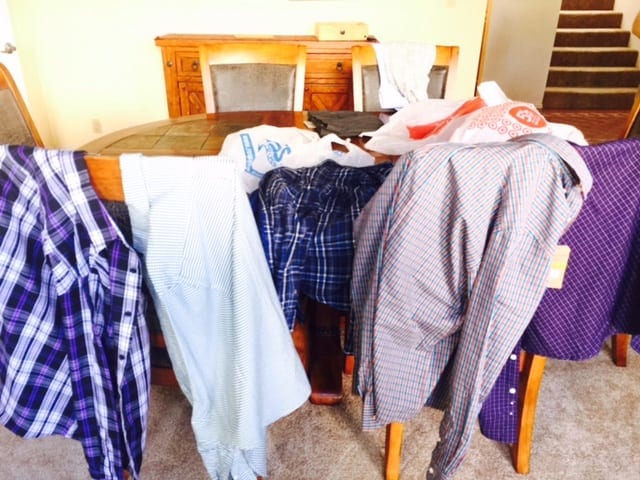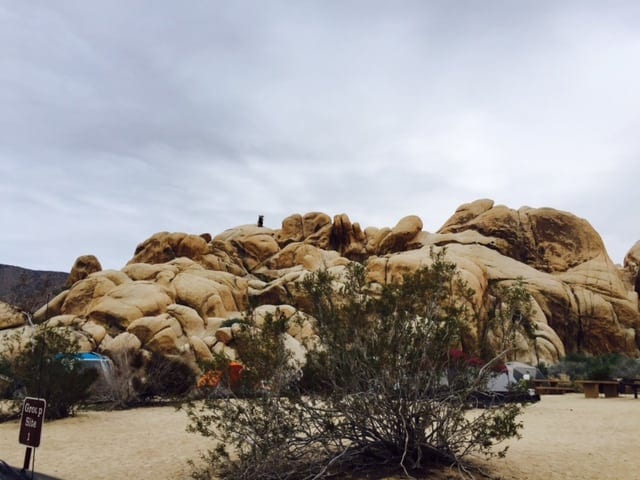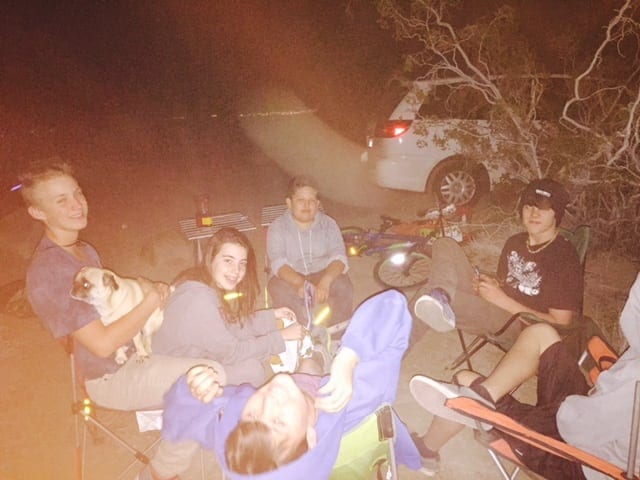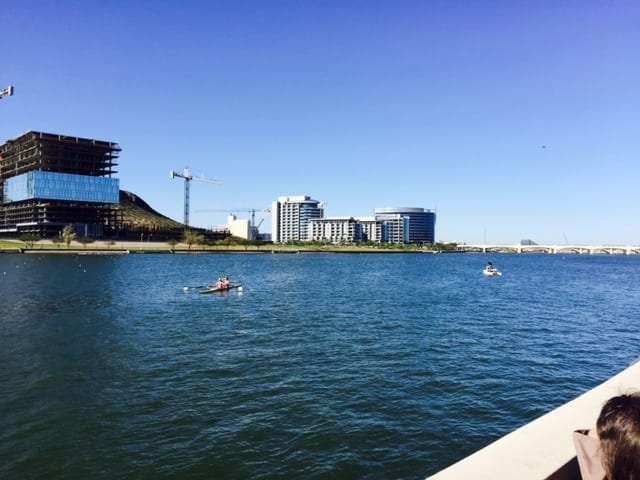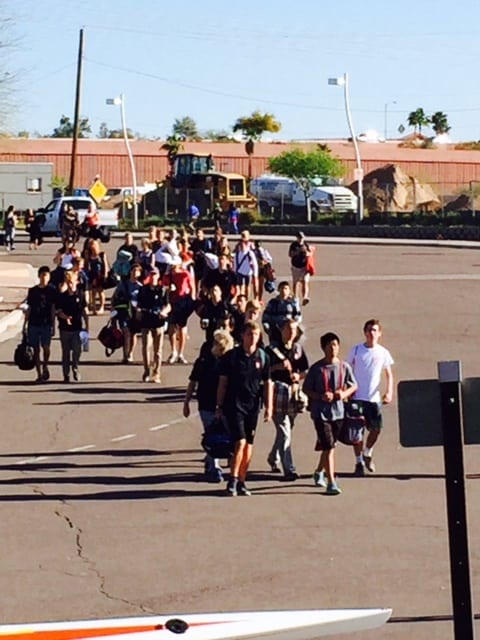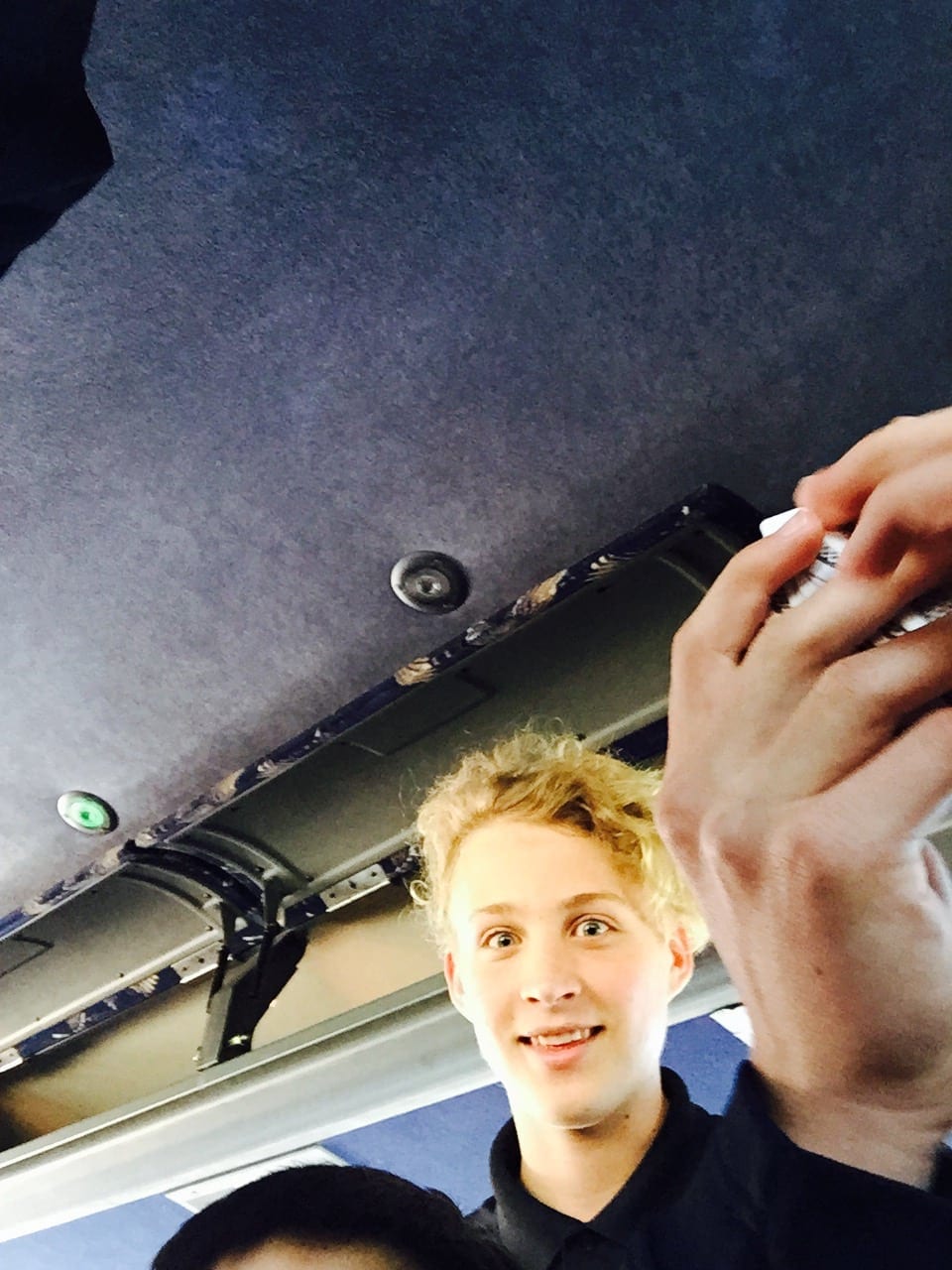Using Games Based Learning
Dr. Sabrina M. Weiss
Games Based Learning
Games are such a popular outlet for many of us, and they have also become popular ways to learn! But there are many different terms that people use, and it can feel overwhelming to get information on what types of games or uses for games are out there. Plus, we only have so much time in a day to research this!
To help give you a starting point, I will define and discuss three types of games based learning that each offer different benefits. These are not the only types of learning with games that exist, but are three broad categories that are distinct in application and useful to think about for an educational toolkit. An individual game or approach could even fit more than one category!
The three types of games based learning I will discuss are: Gamification, Gameschooling, and Game-as-Text.
Gamification: Adding a “Game Layer” onto Learning
Gamification can be defined as “the process of defining the elements which comprise games, make those games fun, and motivate players to continue playing, then using those same elements in a non-game context to influence behavior.” This definition emphasizes that many experts distinguish between “gamification” and “games based learning.”
“Gamification” is usually meant to describe adding a layer of game goals and rewards on top of a learning environment. Often, the game layer is used to motivate and encourage students to think in goal-oriented ways that focus on steady improvement. For example, students may earn “experience points” by doing assignments, and when they reach a certain number of points, they can “level up” a pretend character by giving them a cool fighting skill or a magic item, as in a D&D game. A missed assignment may mean a loss of experience points, or be represented as an injury to the character, making them have to sit out of a future simulated adventure. But gamification can be used in other ways as well.

Jane McGonigal is a prominent advocate for harnessing the benefits of video games to improve individual lives and societies in general. She shares her personal experience in recovering from a devastating concussion using video games to help her keep a positive attitude and as part of cognitive therapy. Gamification can be an effective way to encourage helpful repetitive tasks that are difficult or frustrating (as one would find in physical or cognitive therapy, for example) and to build better habits over time. It can also help a person to visualize progress towards a longer term goal, especially when it is hard to notice gradual gains.
Gamification can be an effective way to increase short-term motivation in learning activities, especially in students who already identify as gamers by breaking larger goals into smaller tasks and rewarding consistent activity. However, researchers like Dr. Sebastian Deterding emphasize that too much reliance on gamification can hinder development of intrinsic motivation by making learning activities tied to external rewards. In other words, a learner may focus more on the game layer and its rewards rather than developing a sense of intrinsic value of the learning activity itself, which can lead to less effective learning in the long term.
Based on this, gamification should be considered a good way to temporarily motivate or engage a learner, or be used as a way to transition into new habits that promise intrinsic rewards or satisfaction later. For example, when doing a garden project, using gamified “daily quests” at the start can help keep a learner motivated to do the preparation work for a garden plot – weeding, raking, digging, planting seeds, watering. But once plants start sprouting and growing, there will be more naturally occurring, intrinsic rewards for the learner as they get to see the plants grow and develop, so gamification could be phased out or kept just for some routine care tasks that aren’t as fun (like weeding).

Gameschooling: Using Games to Learn
Gameschooling is generally defined as “the use of games to learn educational skills.” There are many potential benefits to using games to learn as a family, including building interpersonal skills, giving “brain exercise,” framing learning as fun, and supporting a positive family culture. While gameschooling usually refers to tabletop or board games, there are educational games and games with educational content available in many formats, from cards to board games to electronic games. Gameschooling even is present at the forefront of virtual reality (VR) and augmented reality (AR)!
Dr. Mina Johnson-Glenberg heads both a research lab at ASU and a company called Embodied Games that uses VR and AR in educational ways. There are several advantages that she cites to using games and technology for learning: invisible processes, like molecular reactions, can be made visible and tangible to learners, learning through VR/AR adds bodily engagement to the usual visual and auditory inputs, and VR in particular can promote empathy when using an avatar who is different from the player. For example, Dr. Johnson-Glenberg’s lab developed a VR butterfly catching game that teaches about natural and artificial selection processes – by catching more of one type of butterfly early on, the player influences the population distribution of later generations of butterflies, which sometimes increases the difficulty of the game.
Many homeschoolers and other learning providers value the different learning environment that gameschooling can provide. Especially for learners who struggle with more traditional educational methods, games based learning can be a welcome change of pace that eases pressure and engages player-learners in more Flow. There are also many providers and companies who are interested in offering gameschooling options to families and organizations, making this a growing field from which to choose.
However, gameschooling may not be for everyone, or may not be something that is right for your family in every situation. Because gameschooling tends to rely on games that were developed with learning in mind, it can become time-consuming and expensive to research and obtain games for every topic. And while learners who already enjoy playing games may thrive in such an environment, some learners may not enjoy games as much (especially if there is too much emphasis on competition or performance); experienced gamers may also not enjoy educational games as much as their recreational games, and may prefer to keep learning and recreation separate.
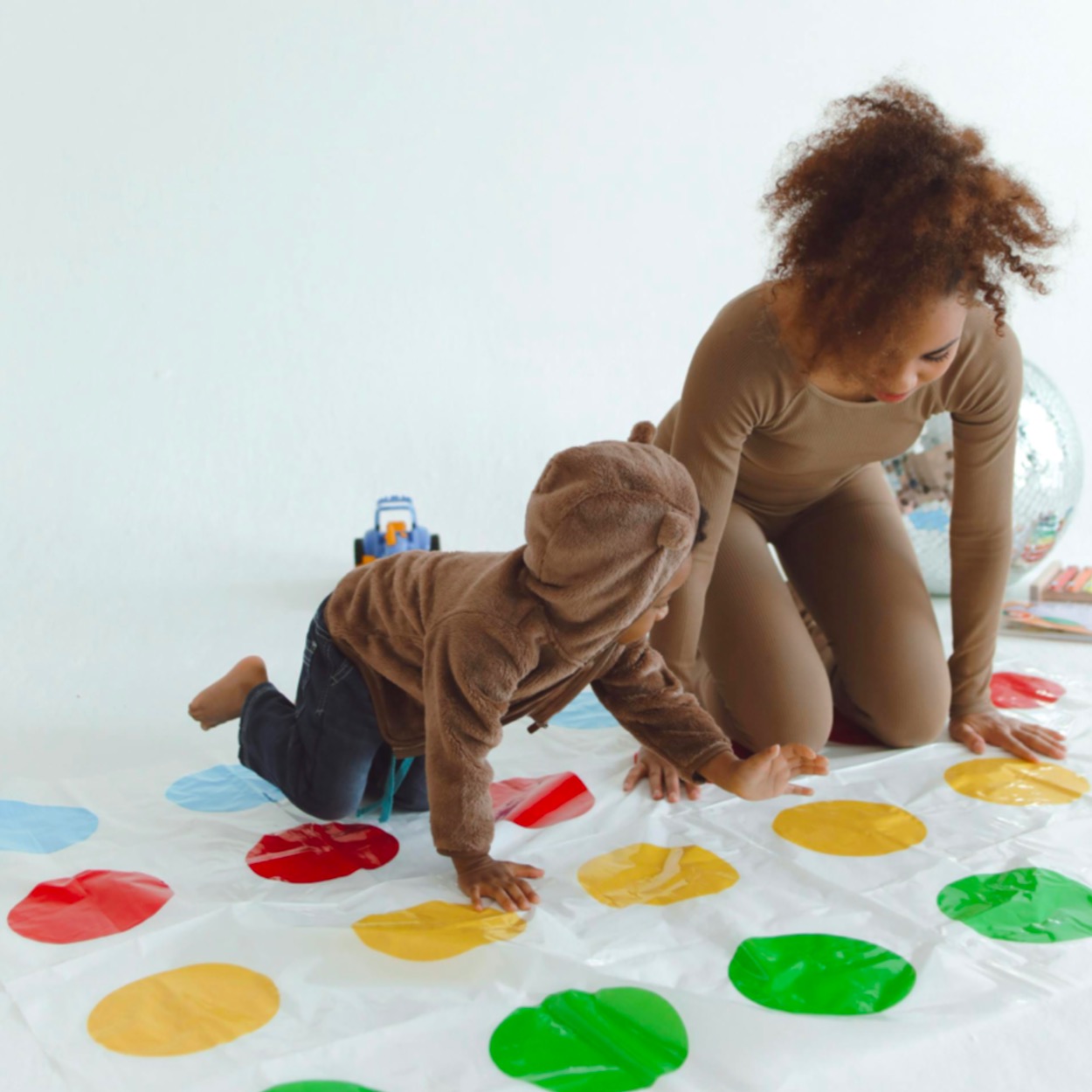
Game as Text: Adding Dimension in Learning
A game, as a piece of created media, can be used like a book, movie, TV show, or other cultural artifact as a starting point or guide for learning. Just as we can begin an exploration of a culture, a society, or a time period by reading a book, so too can we do so with a game that has a developed setting. Secondly, we can also use a game as an opportunity to open conversations about ethics, values, and choices by reflecting on how we play the game or how characters in the game make decisions, just as we can discuss the choices and values of characters in a book or movie. Thirdly, with games that have a story, we can examine literary elements like plot, foreshadowing, literary devices, protagonist, antagonist, conflict, etc. Some games have dialogue and characters, while others may tell a story in a different fashion, which offers opportunities to compare/contrast how stories can be told through different media.
Games bring another dimension of engagement through agency and choice. Not only does this active participation in the “text” of a game enhance the learning experience, but it also introduces what Ian Bogost describes as a “procedural rhetoric”: “videogames have a unique persuasive power that goes beyond other forms of computational persuasion. Not only can videogames support existing social and cultural positions, but they can also disrupt and change those positions, leading to potentially significant long-term social change.”
While Bogost focuses on electronic games, tabletop games also offer these dynamics. Monopoly, for example, despite originally being created to critique monopolistic practices, usually encourages greedy and aggressive play that upholds the most negative emotional aspects of capitalism. Settlers of Catan, despite being focused on seemingly innocuous activities like resource gathering, trade, and building, has led to so much strife that groups of friends had to stop playing games together (or called an armistice and agree to never play that game again). Games, both tabletop and electronic, also reflect ethical values and cultural assumptions by the creators and can be a source of data to self-reflect on one’s own participation in dominant cultural practices.
Teaching students this type of critical engagement brings the added benefit of equipping them with tools to approach future recreational games with a thoughtful and reflective mindset.
In the article, “Games as Text and K12 Social Studies“, Jeff Mummert shares some exciting ways to use games as text in the classroom and adds extra dimensions to learning activities by challenging students to design their own games or to create modifications of existing games to bring more social and historical realism to games. Projects like these offer opportunities for students not just to demonstrate learning (and do the research needed to be “experts” on material), but also to draw inspiration from and transform game mechanics from their favorite games as a way to consider delivery of content as well.
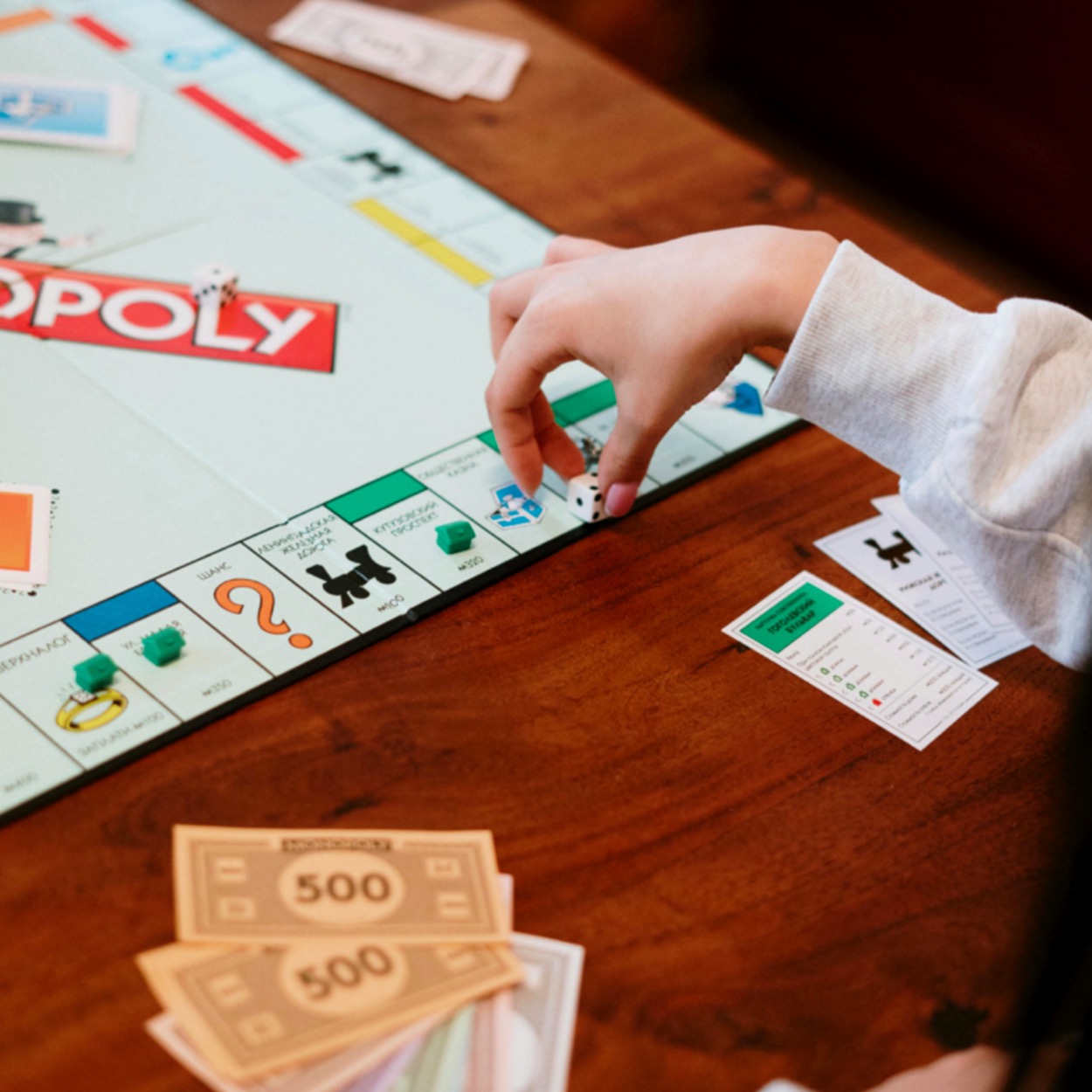
Games Based Learning: An Excellent Resource
Games, whether tabletop or electronic, can be powerful tools to enhance learning, and many people are excited about the possibilities. Because there are so many ways that you can use games based learning, it’s important to think about your goals, consider the needs of your learner, and seek out the right types of resources. Whether you want to use gamification, gameschooling, or game-as-text (or all three!), the possibilities are endless, and they all bring fun and engagement along with great learning!

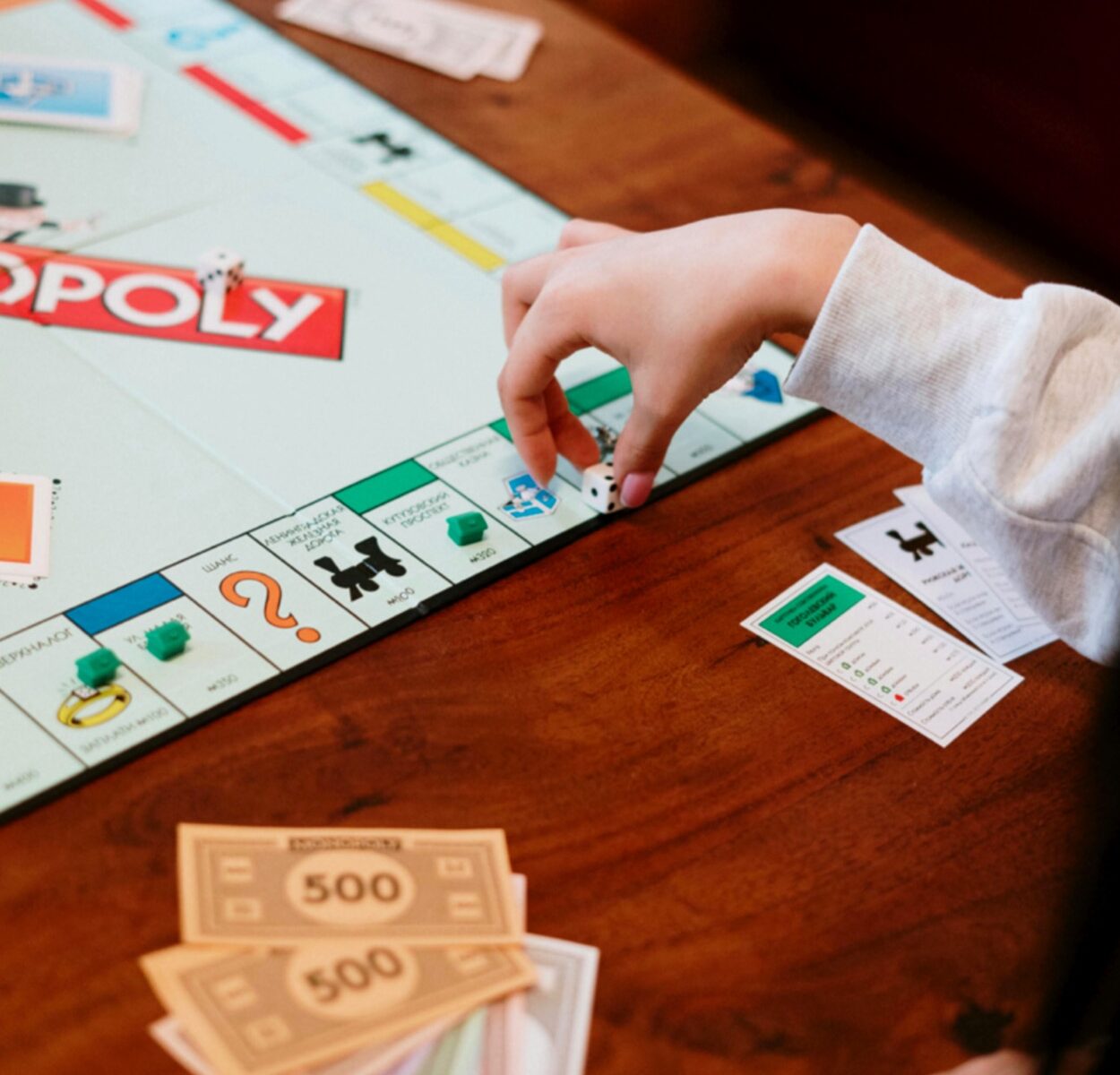
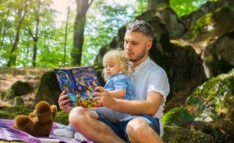

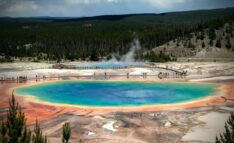
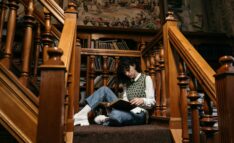
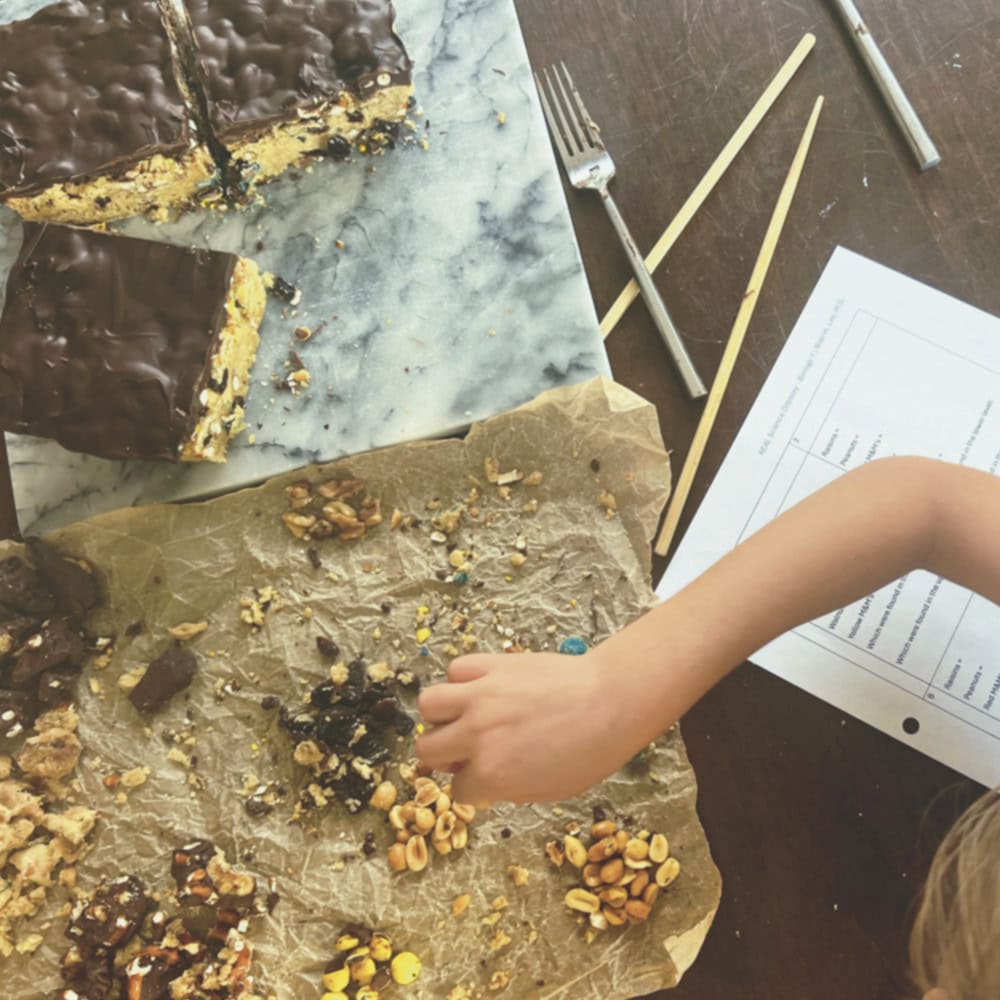

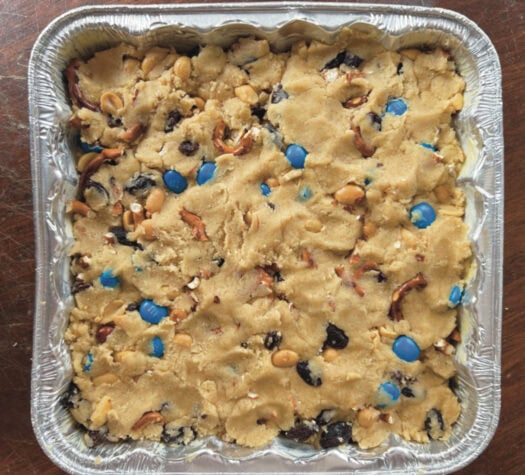



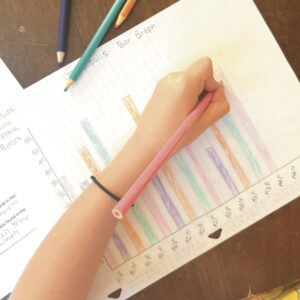










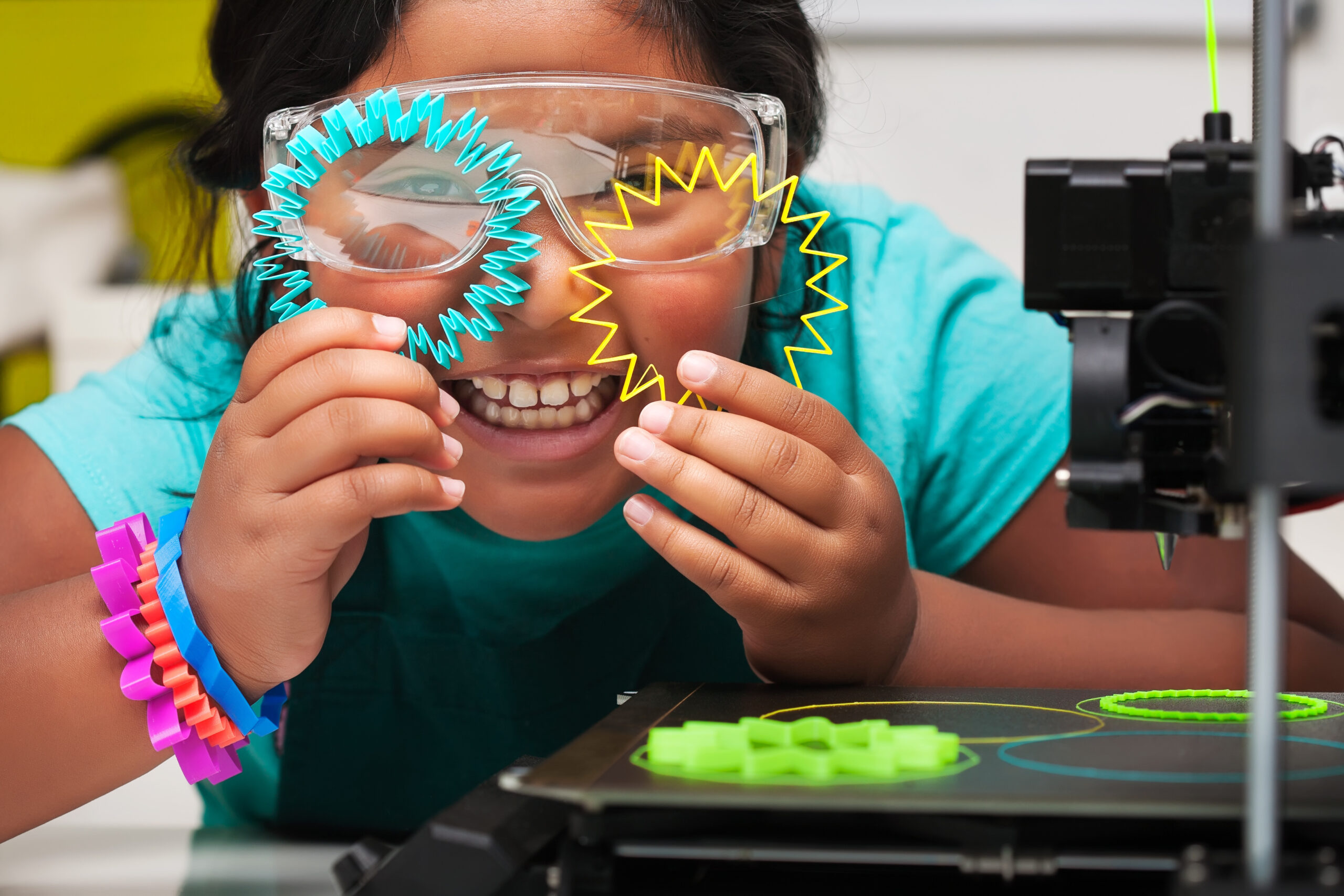
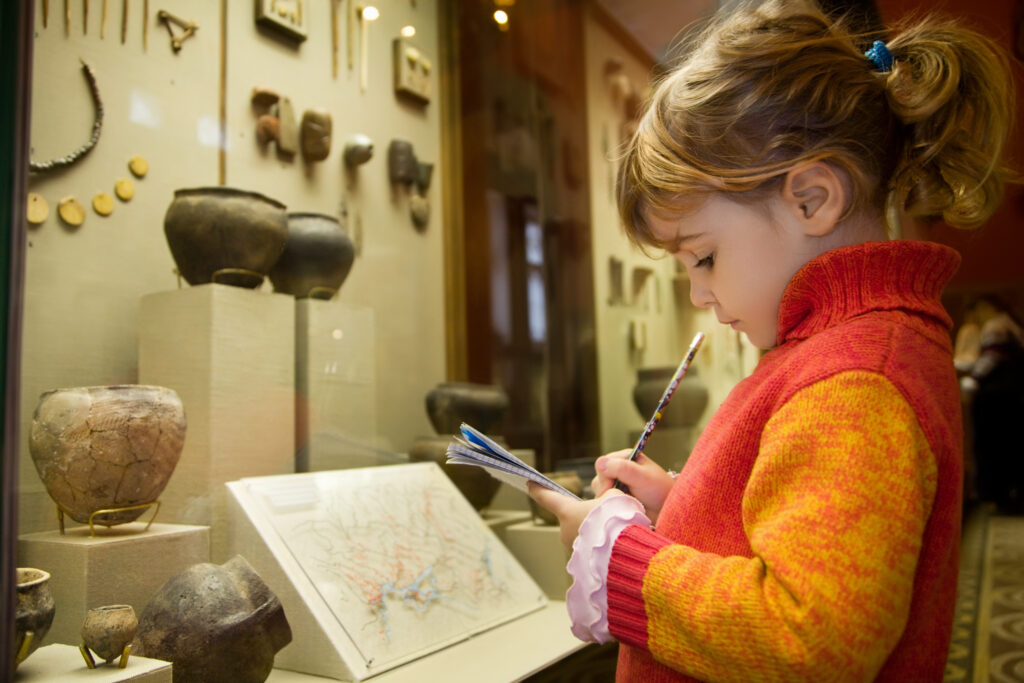





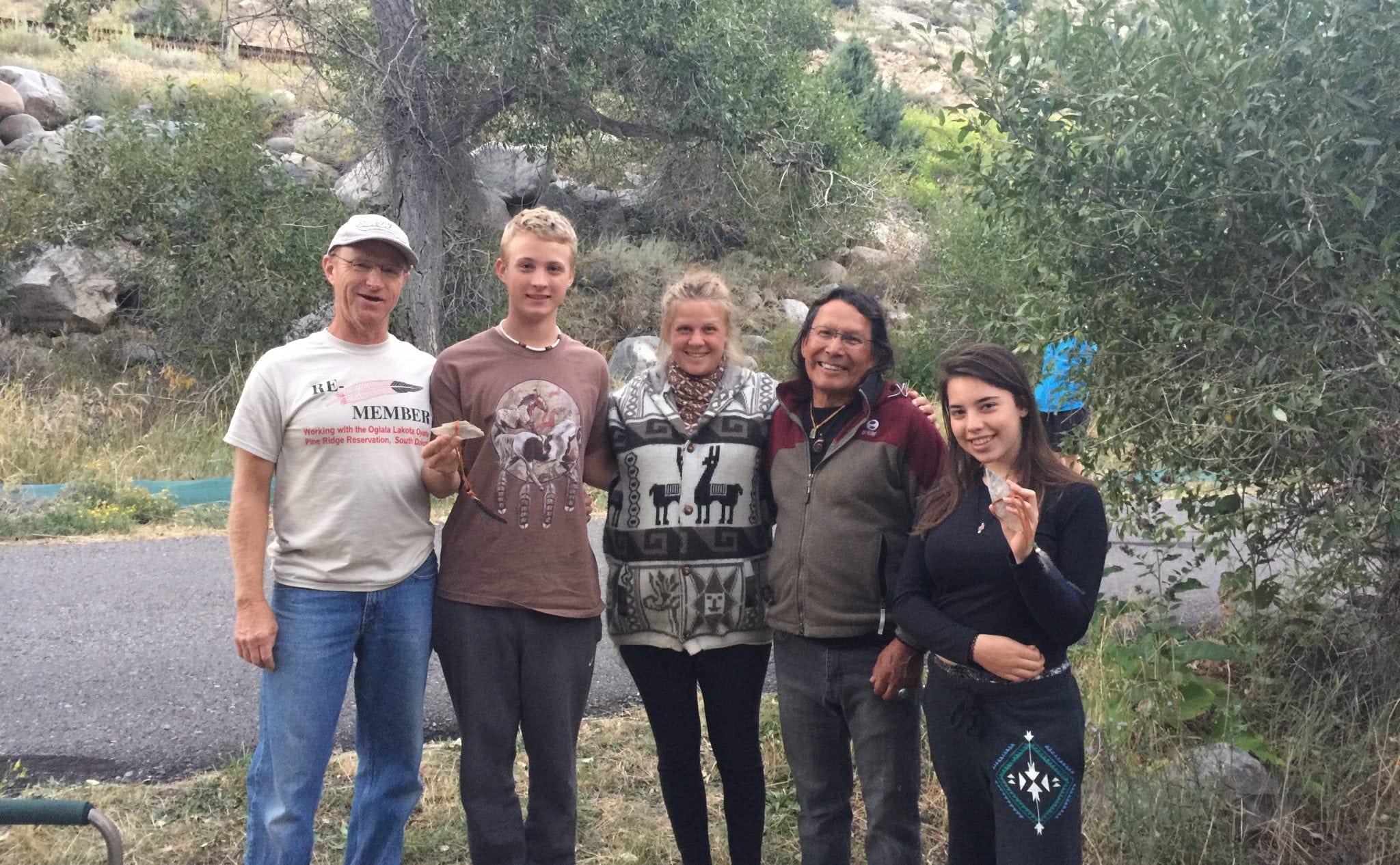

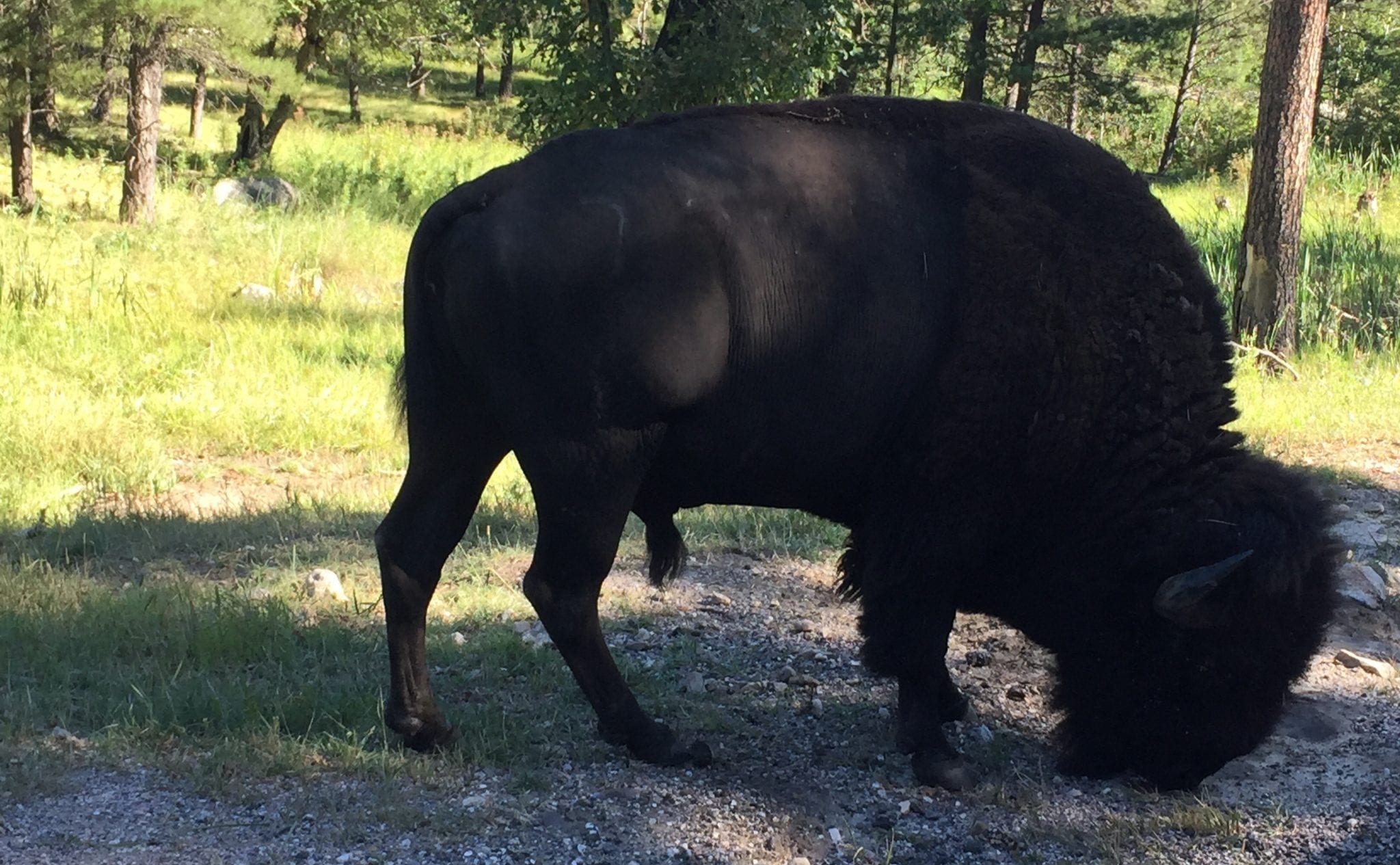

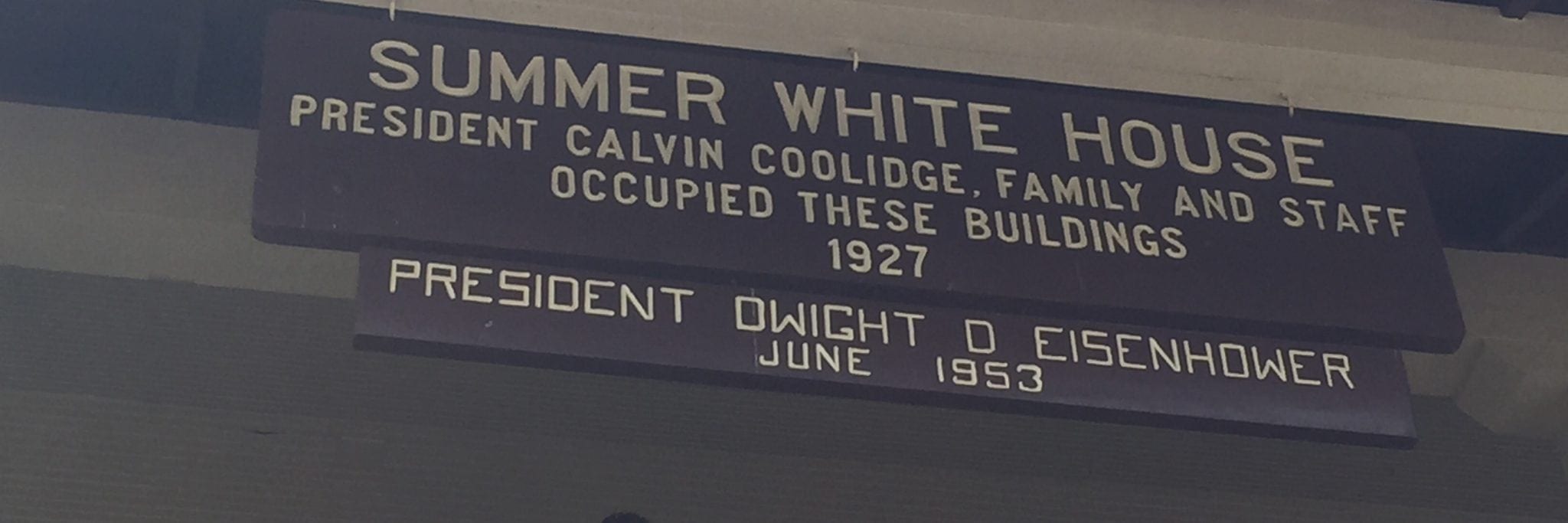
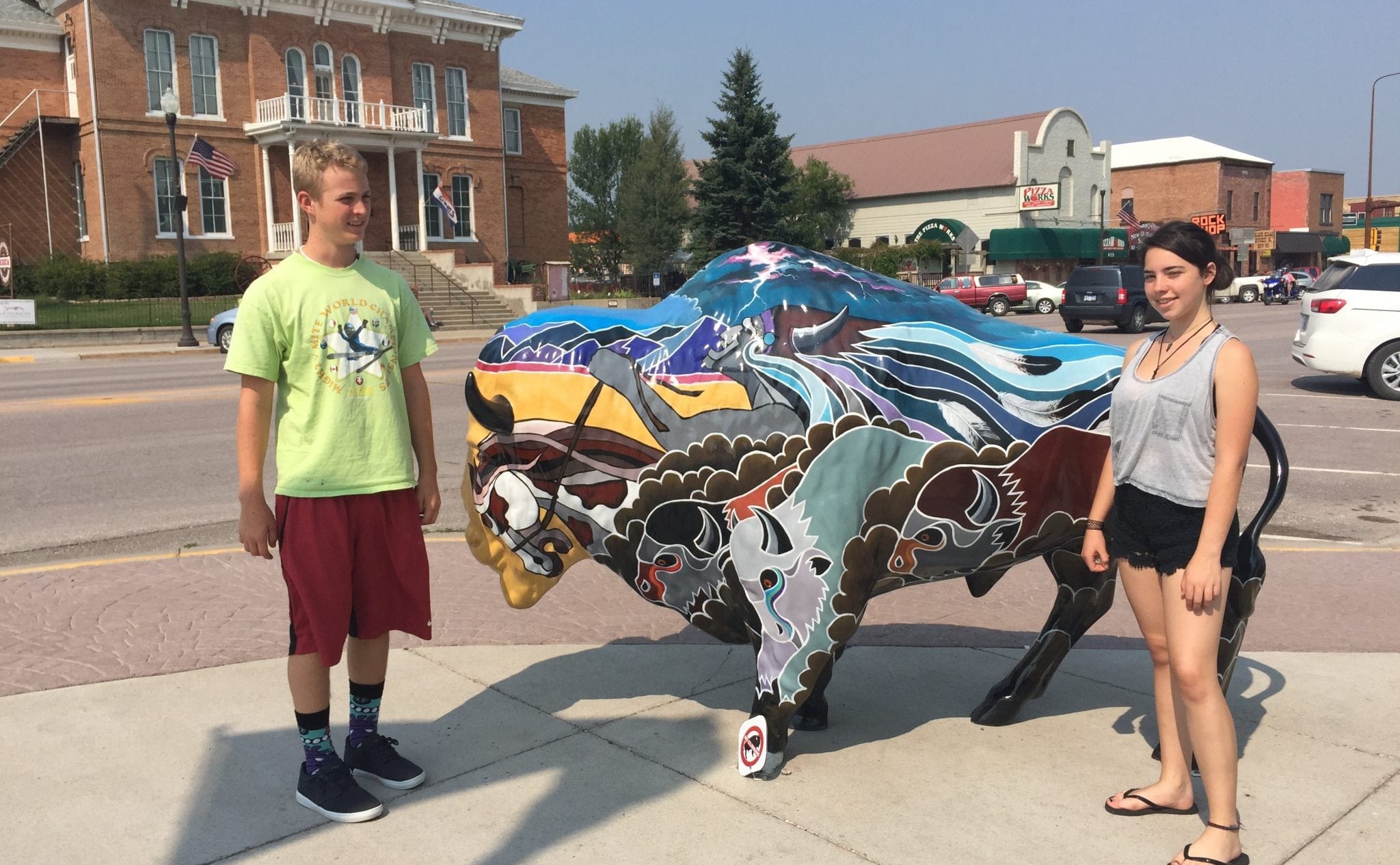 We went into the town of Custer, South Dakota to wash clothes, do a little shopping, and stock up on groceries. The people were lovely. We wondered though, how it would be if Sean and Sophia looked like a Native Americans. We had read about and heard so many stories about racist actions toward the Sioux in South Dakota, and they made us recognize and acknowledge the white privilege conferred on us. The kids began to think of stereotyping as a dangerous thing to do, even though Sean told us everybody does it, and you have to think about it not to do it.
We went into the town of Custer, South Dakota to wash clothes, do a little shopping, and stock up on groceries. The people were lovely. We wondered though, how it would be if Sean and Sophia looked like a Native Americans. We had read about and heard so many stories about racist actions toward the Sioux in South Dakota, and they made us recognize and acknowledge the white privilege conferred on us. The kids began to think of stereotyping as a dangerous thing to do, even though Sean told us everybody does it, and you have to think about it not to do it.
